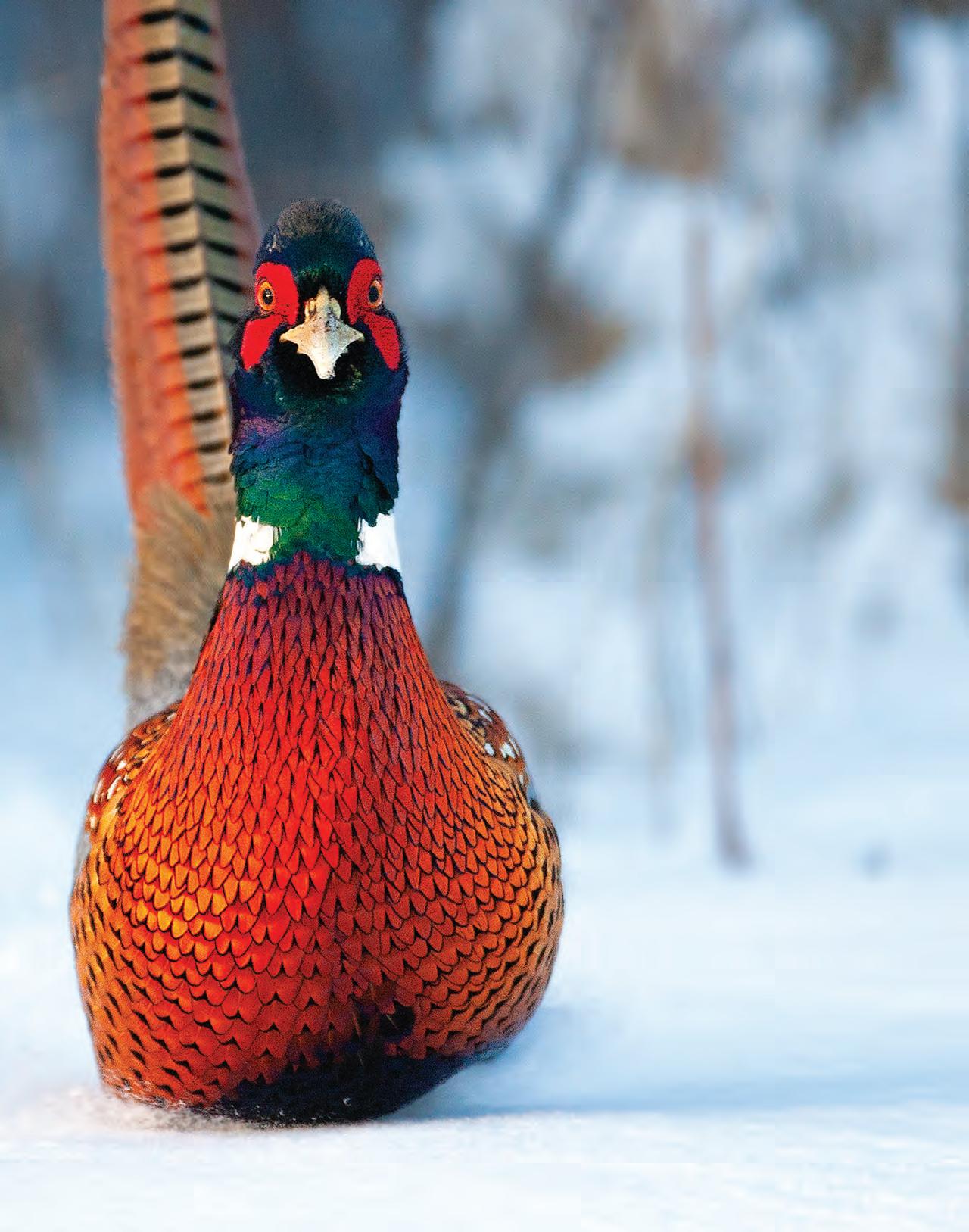
JANUARY/FEBRUARY 2023














JANUARY/FEBRUARY 2023












Over the next 10 years in Nebraska, $100 billion will transfer from one generation to the next. There is always a transfer from generation to generation, as parents pass away and leave their estate to their children. But if the heirs no longer live where they grew up, that wealth may leave as well.
Imagine if just five percent of this abundance were given back to the places where it was made and accumulated. Think of the impact that kind of money could have on education, health, prosperity, and quality of life. Harnessing just a small percentage of the transfer of wealth could be a gamechanger for the future of our hometowns.
Think of the Nebraska hometown you love. This is your opportunity to enrich its future. We’re asking you to consider leaving just five percent of your assets to your favorite Nebraska hometown or to Nebraska Community Foundation to benefit all of our communities. When we all leave five, our hometowns thrive!


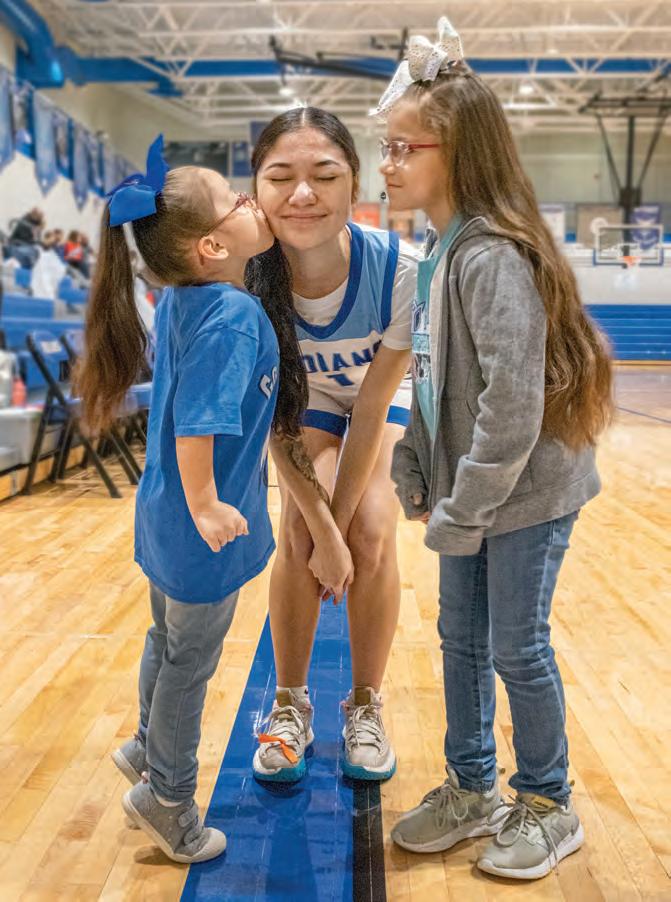
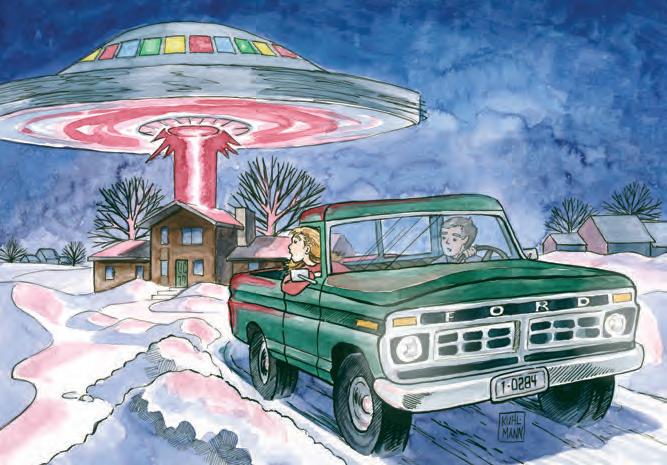
20
We’re starting the new year with a new tradition. In our first issue of the year, we’ll highlight why we love Nebraska and think it’s a special place. We celebrate kolaches, cranes, dark skies and a “capitol” guy.
Story by Megan Feeney
28
Are we alone, or have extraterrestrials visited the Cornhusker State? In this reprint from our archives, updated with a new sidebar about drone sightings, Nebraskans have encountered strange things.
Story by Alan J. Bartels and Lauryn Higgins
Illustrations by Anthony Kuhlmann
44 Rez Ball
In a Cinderella story, the underrated Winnebago girls basketball team went to the state tournament for the first time in three decades. Two seasons later, they’re still taking their shots and winning.
Story by Tim Trudell
During World War II, Fort Robinson became the leading K-9 Corps dog training center in the U.S. Dogs learned to attack enemies, alert troops to danger and deliver messages. Now that’s a good pup!
Story by Megan Feeney
56
Traveling during winter months can be challenging. Still, there’s no need to leave the couch to explore the state with these books featuring Nebraska connections.
Story by Megan Feeney
68
Most people think of spring as a time for renewal, but for photographer Derrald Farnsworth-Livingston, nothing symbolizes a fresh start like a blanket of crisp white winter snow. He’ll be out there.
Story by Megan Feeney
Photographs by Derrald Farnsworth-Livingston

The Columbus Fieldhouse will be a state-of-the-art facility that includes:
• Tennis courts.
• A football field.
• A soccer field.
• Volleyball courts.
• Basketball courts.
• A suspended track for walking and running.
• Both indoor and outdoor areas for competitive sports and fitness and recreation areas.
• Space for physical and rehabilitation services.
• Much more!


Crawford pg. 54
Ellsworth pg. 56
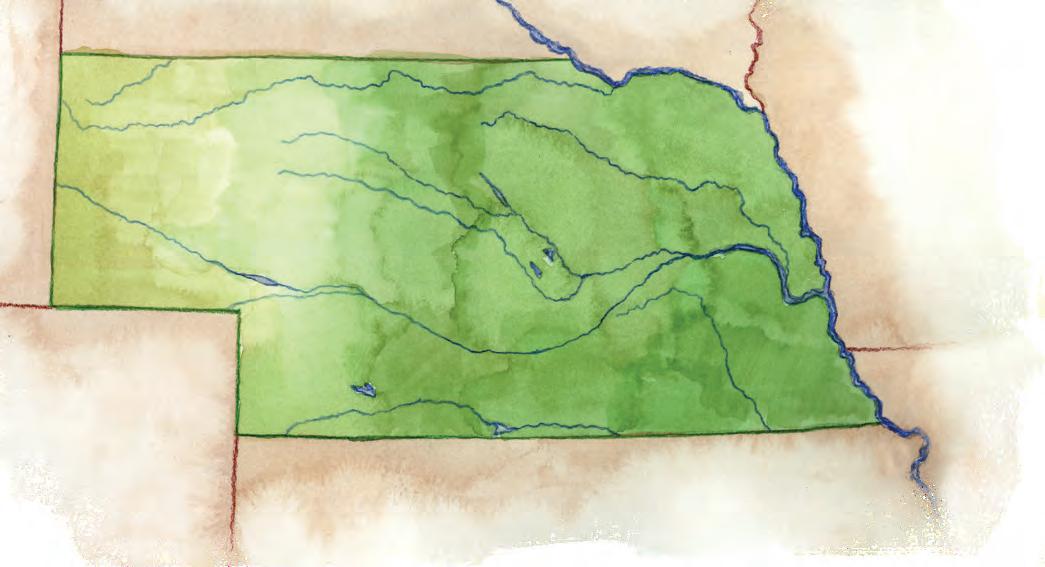
Ogallala pg. 60
Valentine pg. 20
Merritt Reservoir State Recreation Area pg. 20
North Platte pg. 20
Clarkson pg. 20
Grand Island pg.60
McCook pg. 20 Kearney pg. 60
9 Editor’s Letter Observations on the ‘Good Life’ by editor Megan Feeney.
10 Mailbox Letters, emails, posts and notes from our readers.
12 Flat Water News & Trivia
Jackrabbits rebound in the Sandhills, Southeast Nebraska Community Band warms up for another swinging season, new license plates inspire creative energy, UNMC students treat playacting patients and the tale of how the flat iron steak was “invented” in Nebraska. Plus: Test your current pop culture savvy by identifying these famous Nebraskans. Answers on page 65.
37 Poetry
Nebraska poets share their feelings on the beauty and challenge of change. A dying family tree becomes a newborn baby’s crib; a frozen landscape creates a canvas for something new.
40 Kitchens
The Chinese Year of the Rabbit hops onto the scene on Jan. 22, 2023. A couple with a popular Omaha restaurant shares their favorite recipes to bless the new year – and taste buds.
60 Traveler
Bucking broncos burst onto the Grand Island scene, eagles demonstrate their agile aviation above the Kingsley Dam, and hockey teams in Omaha, Lincoln and Kearney introduce fistpumping, stick-beating excitement on the ice.
76 Naturally Nebraska
Winter yields unexpected wildlife encounters for Alan J. Bartels. He’s not playing opossum.
78 Last Look
After a photography trip capturing penguins in Antarctica, Rick Rasmussen found himself held in equal rapture by a rooster pheasant in the snow at his spread south of Grand Island.
Winnebago pg. 44
Omaha pg. 40
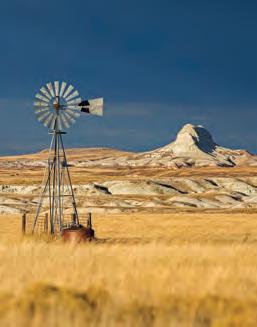
Lincoln pg. 60
Fairbury pg. 56
Nebraska City pg.20
Pawnee City pg. 12
The day’s light fades over a windmill and the Sugar Loaf butte on the Oglala National Grasslands north of Crawford.
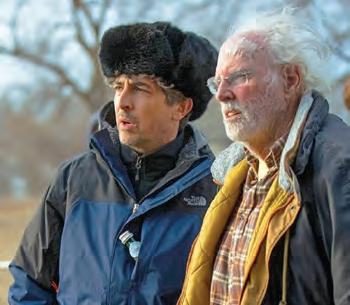





JANUARY/FEBRUARY 2023
Volume 27, Number 1
Publisher & Executive Editor
Chris Amundson
Associate Publisher Angela Amundson
Editor Megan Feeney
Photo Editor Joshua Hardin
Design Madison Dupre, Open Look Creative Team
Advertising Marilyn Koponen
Subscriptions
Lea Kayton, Katie Evans, Janice Sudbeck
Nebraska Life Magazine
c/o Subscriptions Dept. PO Box 270130 Fort Collins, CO 80527 1-800-777-6159 NebraskaLife.com
SUBSCRIBE
Subscriptions are 1-yr (6 issues) for $25 or 2-yrs (12 issues) for $44. Please call, visit NebraskaLife.com or return a subscription card from this issue. For fundraising and corporate rates, call or email subscriptions@ nebraskalife.com.
ADVERTISE
Advertising deadlines are three months prior to publication dates. For rates and position availability, please call or email advertising@nebraskalife.com.
CONTRIBUTE
Send us your letters, stories, photos and story tips by writing to us, visiting NebraskaLife.com/contribute or emailing editor@nebraskalife.com.
COPYRIGHT
All text, photography and artwork are copyright 2023 by Flagship Publishing Inc. For reprint permission, please call or email publisher@nebraskalife.com.

ON A RECENT Saturday morning, the sound of bouncing basketballs rang through the gym at Winnebago School. I wandered the courts with my camera as the girls team ran through plays before the day’s game. Head Coach Marquel Harlan stood at the baseline, cradling her back as she called out numbers.
Harlan, a former star Winnebago player who also played in college, was pregnant and expecting her second baby girl soon, but first, she hoped to deliver the girls team a winning season. The team pulled off its second-ever trip to the state tournament two years ago. The win galvanized the community, wrote Nebraska Life contributor Tim Trudell, who profiled the Lady Indians in this issue’s feature “Rez Ball Dreams.”

Rez ball is an affectionate term used to describe an up-tempo style of play with quick passes, fast breaks and open shots popular among Native American players, according to Trudell, an enrolled member of the Santee Dakota Tribe.
That day at Winnebago, I related to the girls’ excitement as they prepared for their game. A lifetime ago, my high school team, the Omaha North Vikings, won the Class A State Championship my senior year. Honestly, I didn’t get off the bench much, but you bet I worked out the starters at practice. Everyone had a different role to play. That’s how teams work.
Our Nebraska Life team owes a lot to players like Trudell – and all our freelance writers and photographers who roam the state finding great stories to share with you. Each writer or photographer comes with their own experiences. That variety of Nebraska perspectives enriches our pages. Because of his ancestry, Trudell can gain access and trust to deliver illuminating, heart-warming stories about Nebraska’s Native communities. Look for his byline – and many more superb stories planned for 2023.
Among the 2023 stories that excite us, we are launching a new annual feature in this issue. Going forward, every January/February issue will feature “The Good Life List.” The list will celebrate 12 people, institutions, landmarks and foods that make Nebraska special. This year’s list includes a public radio personality and a public health professional, elephants and cranes, and two types of stuffed doughy delights. Read on to discover more. And please write to us with ideas for next year’s list – we’d love to hear your thoughts.
Happy New Year from Nebraska Life!
Megan Feeney Editor editor@nebraskalife.com
No sleeping bags allowed I played trombone in the University of Nebraska band from 1967 to 1969, but, in those days, women were not allowed in the marching band (cover photo, November/December 2022).
During football season the women made up an all-female concert band waiting for the men to join us when football season was over. Since I had been in the marching band at University High School, I could never see the logic.
The excuse given was that when they played at away games the band would put sleeping bags on the gym floor of the other school, and we could not have women doing that. So after graduation I joined the U.S. Army and found myself in a sleeping bag in much more rustic situations, and we all survived to tell the tale.
Thank goodness those times are past.
Dr. Dianne Smith White Plains, Maryland University of Nebraska Class of 1970
Name that trombonist
Thanks for the story on Ole’s in Paxton (“Paxton’s Taxidermy Saloon”) and for the article on the women who built Omaha (“Omaha’s first successful woman athlete wasn’t just spinning her wheels”) in the November/December 2022 issue.
The one disappointment was that the trombone player on the cover is not named. It may not seem like much, but there’s a nice photo of (football player) Wyatt Liewer of O’Neill on page 36 of the same article. He’s a little easier to identify because of his number, but it’s a sensitive issue since women were not allowed in the Cornhusker Marching Band until 1972.
Bruce Warren Niwot, Colorado Trombone, Cornhusker Marching Band 1968-1971
Editor’s note: The trombonist’s name is Regan Foree (maiden name Hennings). She is now a vocal and instrumental music teacher at Parkview Christian School in Lincoln.
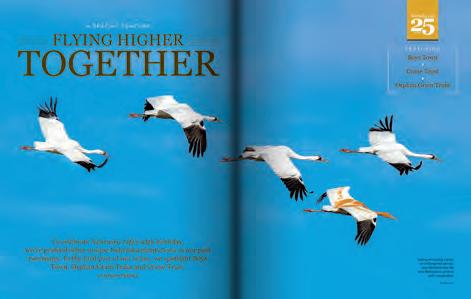
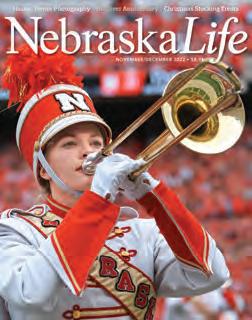
Herbie and friend
It was fun to see retired Fairbury teacher Jan Weeks sharing a laugh with Herbie Husker in the November/December 2022 issue (“Husker Power”).
Joyce Kujath Fairbury
Voting booth beauties
The article in the November/December 2022 issue about the Douglas Voting Booths (“Nebraskan invention contributed to democratic governance”) was very interesting. We have a set of the booths in our permanent collection at the Cass County Historical Society Museum. They were donated to us in 2007 by the Cass County election board after the booths were retired from use in the Murdock-Elmwood Precinct.
Besides being used in Cass County, they have another connection. The wooden crates in which they are stored were made by a Murdock cabinet maker, Harold W. Tool.
H. Margo Prentiss, Curator Plattsmouth
Ties, from west to east
I was happy to see my nephew by marriage, Tim, featured for his Ole’s Big Game restaurant, which is famous, and a niece, Shelly, with the River Mixed Chorus. The new issue made my day!
Margaret M. From Omaha
Founding success
Congratulations on 25 years of Nebraska Life! We are longtime subscribers.
I enjoyed your July/August 2022 publication highlighting the work of Nebraska Community Foundation, Arbor Day Foundation and Nebraska’s Natural Resources Districts (“Elevating the Good”).
As a board member of the Nebraska Community Foundation and the Newman Grove Community Foundation Fund, I thank you for helping to tell our amazing story.
Jeffrey L. Gerhart Newman Grove
Lovely Laurel
I am so excited to see that you are going to have a feature article on Highway 20 coming up in one of 2023 publications (as a follow-up to the September/October 2022 article “The River, the Rails and the Road”).
I hope you include our hometown of Laurel and the wonderful memorial the Vet’s group erected in honor of the 17 servicemen killed during WWII in a collision of two B-17s while they were on a training mission near Laurel.
We have given gift subscriptions to several friends and family throughout the years, and they always look forward to each issue as do we. Thank you for your good work with all the interesting feature stories and photographs.
Jacqueline Burns Grand Island
Sweet on honey
I adore your beautiful magazine and all it stands for. After I read each issue, I pass it along to my octogenarian northeastern Nebraska parents to enjoy as well. Because I’m a relatively new subscriber, I also appreciated the walk down memory lane in the 25-year section.
In the November/December 2022 issue, my favorite feature was “Scrumptious Stocking Stuffers,” because it featured Fat Head Farms Killer Bee Honey. I’ve been obsessed with their products.
Anna Hartman Omaha
Orphan organ
I liked the articles about the Orphan Grain Train (“Flying Higher Together” November/December 2022) and personally know some of the volunteers who work hard to make the program work. I donated an organ which eventually ended up at a church in Mexico.
Doris Russell Ravenna
Cartographic question
I love your magazine and especially where the stories come from, but in the November/December 2022 issue, Sidney, North Platte, Minden, Norfolk, Bellevue and Nebraska City are not on page 66 (as the map suggests). Haven’t found them yet.
Hartington, Valentine and Sutton are not on page 38. Wood River is not on page 52. Why put the map in if it isn’t right?
Marjorie Jordan Tipp City, Ohio
Editor’s note: That’s a good question that has been the subject of many internal staff discussions. We decided the page numbers on the map will correspond to the be-
ginning of each section or feature where the place mentioned may be found.
For example, for Sidney, North Platte, Minden, Norfolk, Bellevue and Nebraska City, those towns are all in the Traveler section, which begins on page 66.
Wood River is in the feature “Flying Higher Together,” which begins on page 52. Hartington, Valentine and Sutton are all in the feature “Scrumptious Stocking Stuffers,” a feature that begins on page 38.
My family’s ties to Husker sports and the University of Nebraska go back a few generations. Like the fans in your article in the November/December 2022 magazine (“Husker Power Shines On”), we remain true blue fans despite the ups and downs.
My dad, two siblings and I all graduated from UNL. Along with our spouses, several of us with multiple degrees. My dad was a 35-year faculty member, and I worked there before retirement for 15 years.
I remember as a young girl going to one football game each season with my dad through the Devaney and Osborne years. After my brother, sister and I grew up, one of us (or sometimes all of us, with our own families) found ourselves at our parents’ house before football games enjoying our dad’s chili.
By the time my daughter was 5 years old, she was following storylines from the football and volleyball teams and was a real fan. Years later, we are still attending home games for both teams together and now taking an obligatory selfie at each one. We often meet up with my brother and sister at the games and text our opinions back and forth. Husker sports, the good and the bad, are a family tradition.
Cheryl McMahon Griffith Bennet
Please send us your letters and emails by Feb. 1, 2023, for possible publication One lucky winner selected at random will receive a free 1-year subscription renewal. This issue’s winner is Dr. Dianne Smith of White Plains, Maryland. Email editor@nebraskalife.com or write by mail to the address at the front of this magazine. Thanks for reading and subscribing!
Show it in 2023 with our NEW wall calendar
Filled with the gorgeous photography you love about the magazine –ready to hang in your home or office.
Order now for yourself and your family!

BY MASON LEE
Scott Mousel surveys the Nebraska landscape meticulously as he works his way through the central Nebraska countryside on his mail route. He carefully notes pheasants, quails, turkeys and deer. However, the distinct flash of speed that denotes a running jackrabbit fails to show itself. “I haven’t seen a jackrabbit in 20 years,” Mousel said.
Although a baseline is difficult to establish, jackrabbit populations have been experiencing a gradual statewide decline since the 1960s when the Nebraska Game and Parks Commission first began tracking their numbers. Rural mail carriers such as Mousel, responsible for counting
wildlife on their routes, have noticed the change firsthand.
Jackrabbits are technically not rabbits but are part of the hare family. Rabbits give birth to naked babies in burrows. Jackrabbits give birth to fluffballs in nests above ground. Jackrabbits also have longer ears and legs.
Two species of jackrabbits call Nebraska home: the black-tailed and the whitetailed. Black-tailed jackrabbits inhabit most of the state in small numbers, and white-tailed jackrabbits reside in the Sandhills and Panhandle regions. Rather than hide in dense cover, jackrabbits prefer to sit in the open and outrun predators, such as coyotes, in bursts of up to 40 miles per hour.
Due to the gradual drop in numbers, jackrabbits have found themselves on the list of species needing conservation. And with a 2- to 5-year lifespan, life goes fast for a jackrabbit.
But there is a reason for optimism, said wildlife biologist T.J. Walker. The Game and Parks Commission saw jackrabbit population spikes in 2016 and 2017. Mange weakened coyotes, jackrabbits’ main predator, allowing the hares to slightly rebound.
Mousel, the mail carrier, is going to keep looking and hoping to spot one.
Population numbers for jackrabbits have been a little hare-y, but when coyote populations declined there was a rebound.

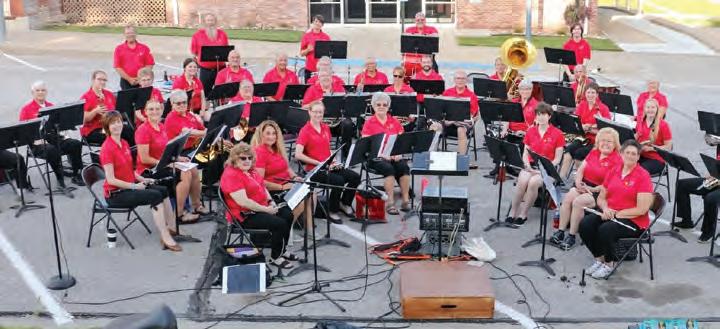
A band started in Pawnee County expanded its membership to include residents of several counties in southeastern Nebraska. The band plays free concerts across the region.
BY MEGAN FEENEY
One evening in 1994, 20 Pawnee County residents gathered in the high school many had once attended. They brought their woodwind, brass and percussion instruments and awaited the volunteer high school band director’s instructions. The players’ abilities ranged from those who were still in good form to those who hadn’t picked up their instruments in 50 years. The director assured them everyone was welcome; practice would improve
them. And improve they did. Within a few short years, the band’s popularity as a local performance group grew. So did enrollment and the geographical range of the band’s players.
A new name was in order. Today the Southeast Nebraska Community Band draws players from counties including Pawnee, Johnson, Lancaster, Gage, Nemaha and Richardson, among others. The youngest player is a 12-year-old drummer and the oldest is an 85-year-old multi-instrumentalist. The band, which now has a
BY MEGAN FEENEY
When artist Hildreth Meière designed her “Genius of Creative Energy” marble mosaic in 1927 for the Nebraska State Capitol building, she likely had no conception that her work would one day appear on license plates throughout the state. But, beginning in January 2023, that’s what’s happening.
Every six years, Nebraska designs and implements a new license plate design. Meière’s Art Deco piece was chosen for its unifying message of amplifying Nebraska creativity.
The mosaic depicts the Genius holding a lightning bolt in his right hand and grasping the reins of an unseen force with his left. The four elements propel him –now so will busy Nebraskans.
core group of about 40 players, practices at Johnson County Central Public Schools in Tecumseh and Auburn High School once a week on Mondays from 7:30 p.m. to 9 p.m.
The band’s performances delight audiences at ice cream socials in Pawnee City and Hickman, Fourth of July celebrations in Nebraska City and Brownville and an annual Veteran’s Day performance at the Lofte Community Theatre in Manley.
Patriotic music is a mainstay, but the band also performs an Elvis medley and work from the musical Jersey Boys and the film Pirates of the Caribbean, as well as polka tunes because “We’re in Southeast Nebraska. We have to do polka,” said Polly Clark, a trumpeter and the band’s historian.
If they sounded a little rough when they first started 29 years ago, they’ll rival any Nebraska band today. Not long ago, the group mastered “American Civil War Fantasy for Concert Band.” That work is a grade four difficulty – a real toughie.
“A lot of high school bands wouldn’t even try to tackle that anymore,” Clark said.
But a band with students, farmers, plumbers, retail workers and postal carriers? Bring on the music.
Find the Southeast Nebraska Community Band and their events info on Facebook. After a winter break, they resume playing shows in February or March, depending on the weather.
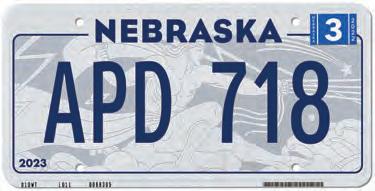
The Genius will travel the state on the back of Nebraska vehicles as rural and urban residents drop off kids at school, go to work, run errands and travel for vacation. The image reminds Nebraskans of the jewel found in their state capitol and the creative potential in one another.
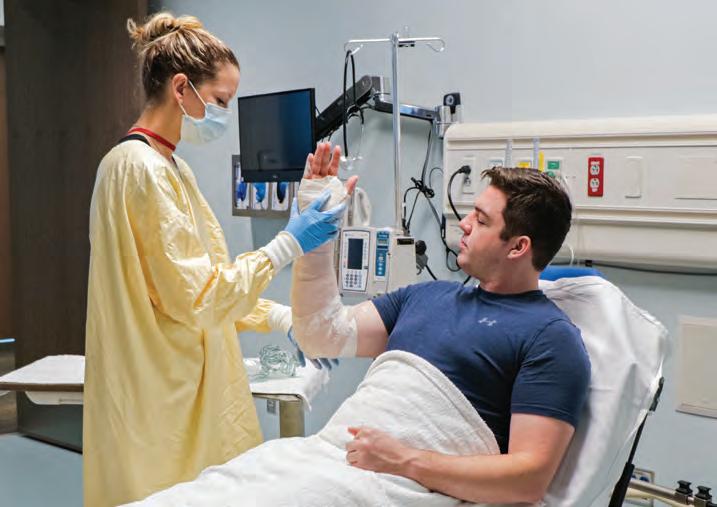
Practice makes practicing medicine perfect with UNMC’s iEXCEL program, which exposes students pursuing careers in health care to real-world scenarios and patient personalities.

BY LAURYN HIGGINS
The female patient struggled to breathe. Her insulin levels were low. As a person with diabetes, her situation could be life-threatening. University of Nebraska Medical Center student doctors began to run tests and work to regulate her blood sugar. The patient, a hog farmer, told the medical staff about her farm’s new litter of piglets in hopes it would keep her mind off her nausea and pain. Fortunately, her recovery would be simple. This was just a simulation.
“At the end, students asked if they could come to my farm to see the baby pigs, and I had to tell them I don’t have a farm,” Cheryl Dekker said. “I was convincing.”

Dekker, a resident of Norfolk, is a paid actor who works for UNMC’s standardized patient program. It’s part of the more extensive iEXCEL program, which aims to provide students pursuing careers in health care with real-world experience.
Much of the technology offered through the UNMC simulations and program is one-of-a-kind. In addition to interacting with standardized patients, students work with holograms, headsets, 3D work benches, interactive walls, and even virtual reality robotic trainers, among other technologies. The goal is simple: allow students to make mistakes before patients are involved.
It also prepares students for even the rarest scenarios, said Dr. T.J. Lockhart, director of medical simulation at the UNMC Department of Anesthesiology.
“We always learned in medicine not to let the rare ‘zebras’ outnumber the common horses,” Lockhart said. “With simulation, you can create these ‘zebra’ events.”
Simulation practices are for more than

just students who want to be doctors. The center has two labs that offer a simulated pharmacy where pharmacy students can practice sterilization techniques, compounding medication, distributing simulated medication and advising standardized patients. Students can also build skills and confidence through a simulated ambulance that allows them to practice the patient’s entire journey.
UNMC has taken the program on the road, too. Their Simulation in Motion-Nebraska program uses four customized, 44-foot-long trucks to provide the same state-of-the-art training as in classrooms. Everything from a simulated emergency room to an ambulance with real medical and rescue equipment offers students throughout Nebraska the opportunity to learn life-saving care.
So far, the program has conducted training in 89 of the 93 counties, with plans to hit them all. That’s good news for Nebraska patients who aren’t playacting
life-threatening maladies and an ambition that should have not just Cheryl Dekker, but all Nebraskans breathing more easily. Well-trained professionals are standing by to help throughout the state.

iEXCEL features playacting patients, holograms, headsets, 3D work benches, interactive walls and robotic trainers.




BY MEGAN FEENEY
The phrase “lab meat” might create connotations of cloned animal proteins or plant-based imitations. But a different kind of experiment in a University of Nebraska-Lincoln lab involving natural beef led to the creation of a culinary classic in 2001: the flat iron steak.
The flavorful, juicy cut resulted from years of work from teams led by two meat scientists – one from the University of Nebraska – who received a grant in 1998 to find a new cut of meat.
The mid-90s had been tough for beef. Oversupply depressed prices. The National Cattlemen’s Beef Association (NCBA), an industry trade association and lob-
bying group, thought a new steak could stimulate consumer demand at a lower price point. Was there an affordable and delicious cut waiting for the right meat scientist to find it? The group called for research proposals, and a meat scientist at the University of Nebraska-Lincoln, Chris Calkins, and Dwain Johnson, from the University of Florida, got the job.
Until that point, “steak” came from the parts of the cow that don’t move – the rib and the loin – because not moving keeps those parts tender. So the chuck and round became ground beef – the least expensive product. But was there a steak in there somewhere? Calkins and Johnson tested tenderness, meat composition and taste. They also had to account for

Chris Calkins didn’t “meat” his match when faced with the challenge of finding a new cut to help farmers make more per head.





how easy it would be for a meat processing plant to cut it.
They found the piece they sought under the shoulder – specifically, the infraspinatus muscle. It was a thin slice, but it bulked up when cooked. More importantly, it was delicious and melt-in-the-mouth tender. The NCBA settled on the term “flat iron,” likely from the shape of an older cut made from the same muscle that was the shape of a flat iron.
The flat iron provided consumers with an entry-level price steak that was every bit as tasty as a more expensive one. Cattle FAX, a national economic enterprise, estimated the value returned to the industry at $50 to $70 per head. In 20 years since its invention, Nebraska beef has made an estimated $6 to $9 billion more as a result.
In this instance, it’s not just proper to thank a Nebraska farmer for the flat iron on your plate – but to express gratitude for a Nebraska meat scientist and his team.
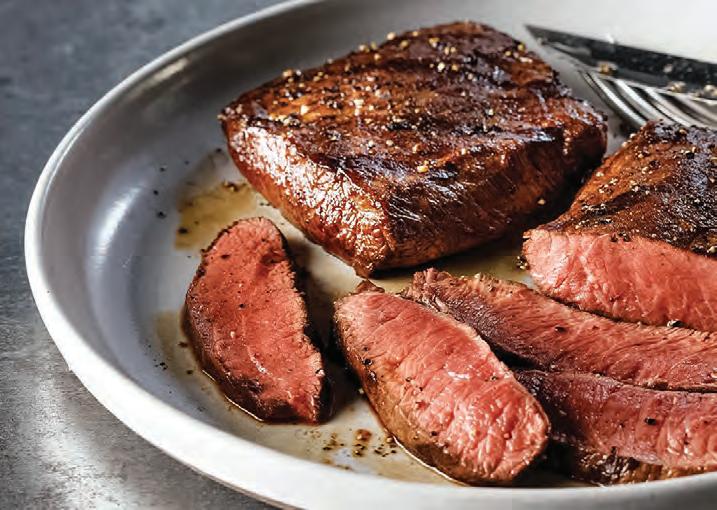
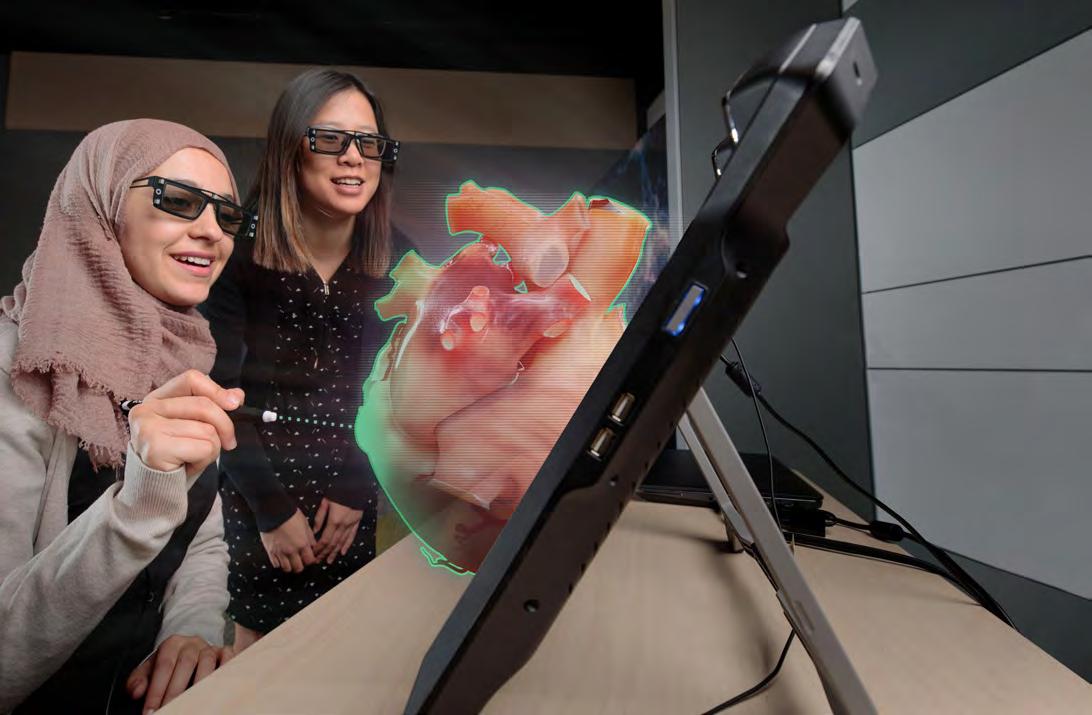
Tomorrow’s health care professionals are immersed in simulation and visualization technology, thanks to UNMC’s iEXCEL program.
The result? A new generation of providers, more confident and proficient than ever before, serving communities large and small.
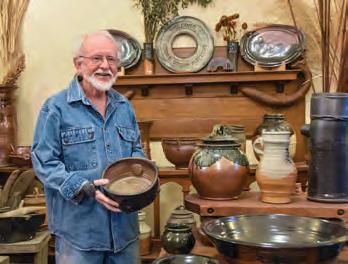
Featuring the work of Ervin Dixon, a country potter who makes and displays salt-glazed stoneware at his refurbished 1895 Lutheran church near Beatriceworth a day’s drive from any direction.
cups • mugs • glasses • plates baking dishes • vases • pots
Regular Hours | Mon-Sat, 10 am-5 pm
Challenge your brain with our Nebraska quiz. Questions by YOGESH RAUT
Cedar Creek Pottery
Directions – 7 miles east of Beatrice to 80th Rd, 3/4 mile south ART EVERYDAY ~ ART EVERYDAY ~ ART EVERYDAY
























Bring this ad in for a free bag of Baker’s Chocolates with purchase. Plants, garden decor, educational toys, and so much more.




1
Omaha native Rachel Shukert served as showrunner for what acclaimed 2020-21 Netflix comedydrama based on a long-running series of children’s novels by Ann M. Martin?
2 In 2014, 73-year-old Omaha native Paul Williams accepted the 2014 Album of the Year Grammy on behalf of what French electronic music duo? He contributed the song “Touch” to their album Random Access Memories.
3 Currently, a judge on So You Think You Can Dance, which Omaha native made her reality TV debut in 2013 as a contestant on Abby’s Ultimate Dance Competition?



4 Omaha-based Beaufield Berry penned what ’70s-set play about a multigenerational Black family, titled for a Mahalia Jackson gospel song, that premiered in Denver in February 2022?
5 Perhaps spoofing a more serious Tom Hardy performance, Omaha native James Adomian hilariously voices what foe of Batman on the animated series Harley Quinn?




No peeking, answers on page 65.

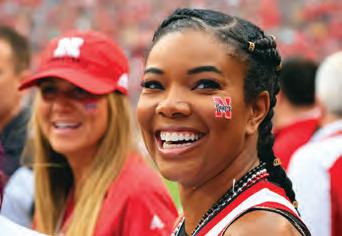
6 Although not born in Omaha, Jane Fonda spent summers there growing up and caught the acting bug after appearing in a 1954 production of The Country Girl at Omaha Community Playhouse.
7
Omaha-born actress, author and activist Gabrielle Union is a first cousin once removed of the rapper Saweetie.
8
Daniel Whitney, aka Larry the Cable Guy, affects a thick Southern accent while performing but is originally from Pawnee City.
9
As a child, future Oscar-winning filmmaker Alexander Payne was sometimes given rides to school by his Omaha neighbor Warren Buffett.
10
CSI and China Beach star Marg Helgenberger – born in Fremont and raised in nearby North Bend – pronounces her first name “Marge.”

11
Omaha’s Nick Nolte coined the catchphrase “I have spoken” voicing a member of what Star Wars species in Season 1 of The Mandalorian?
a. Ugnaught
b. Jawa
c. Ewok
12
Malik Beasley plays for the NBA’s Utah Jazz. What’s his familial connection to Omaha?
a. His father runs a local theater company.
b. His sister is the current Miss Omaha.
c. His mother is the resident playwright at Creighton University.
13
Omaha native Swoosie Kurtz had regular roles on all three of these TV shows. Which one did NOT earn her any Emmy nominations?
a. Pushing Daisies
b. Sisters
c. Love, Sidney
14
Omaha-based film editor Mike Hill collaborated with which Hollywood director (and former sitcom star) on 22 movies, from 1982’s Night Shift to 2015’s In the Heart of the Sea?
a. Ron Howard
b. Rob Reiner
c. Penny Marshall
15
With a name referencing a field order proclaimed by General Sherman in January 1865, what production company was founded by Spike Lee and Omaha native Monty Ross?
a. 40 Acres and a Mule
b. Amblin
c. Fort Greene

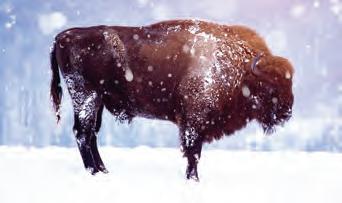



Sonoran Gold Turquoise Pendant handmade by Joe Paul Native American Handcrafted.
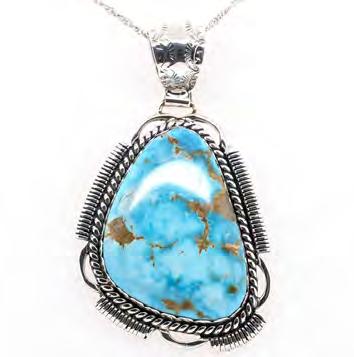

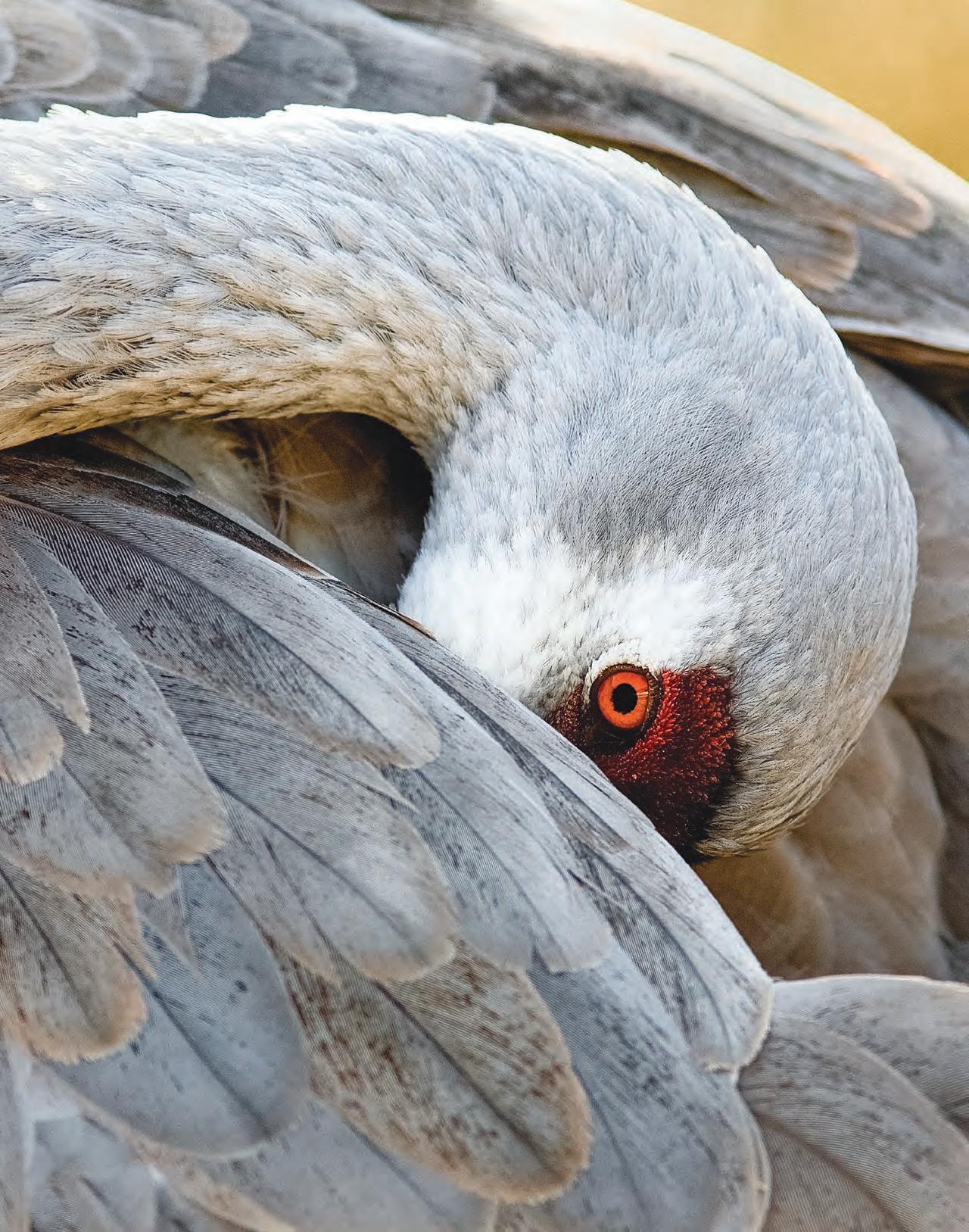
Nebraska has ample reasons to preen. We have awesome animals, delicious dough and impactful, caring people.

by MEGAN FEENEY
WELCOME TO 12 MONTHS of a new year – and 12 reasons why we think our state is unique. Nebraska Life greets 2023 with gratitude and a new tradition: the Good Life List. Please write to us to share what – or who – you think we should include next year. Happy New Year!
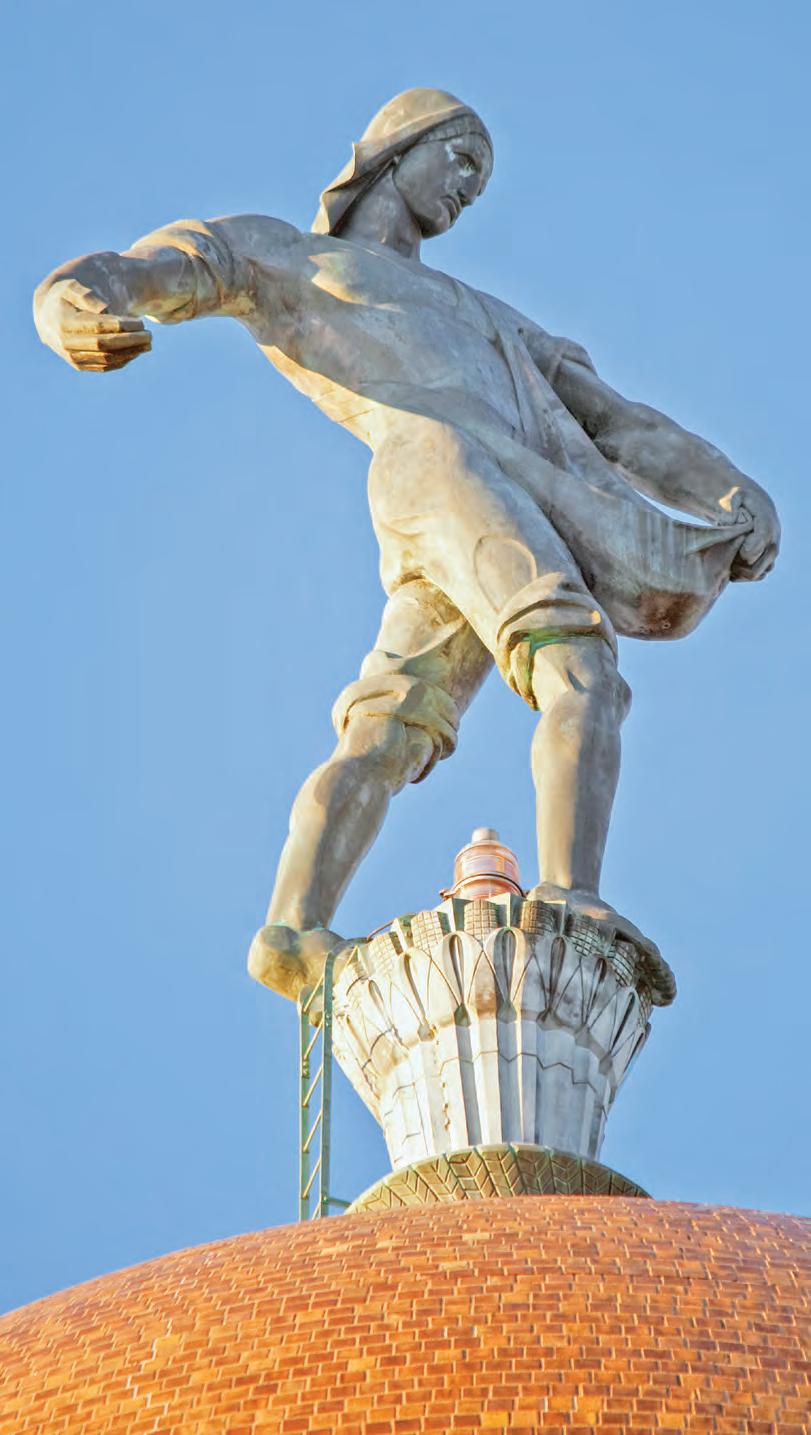
The Sower is as iconic to Nebraska as the Statue of Liberty is to New York City –and since Nebraska’s statue is on top of the 400-foot tower of the Nebraska State Capitol, it stands even taller. German-born Lee Lawrie created the 19-foot bronze statue, which was mounted on the dome in 1930. Facing the northwest, a determined-looking farmer prepares to scatter seeds. His bare feet grip a 12 ½-foot pedestal of corn and wheat husks. His muscular calves flex.
Other Lawrie sculptural works decorate the Nebraska State Capitol using bas-relief (sculpting on a 2D plane to create a 3D appearance) on themes including law, Native American people and history. But no singular piece rivals the Sower for recognition.
Thousands gathered to watch in 1930 as the 7-ton statue was lifted to the top of the building. The Sower plants more than seeds – he invites us to preserve hope through adversity and to keep doing the work it takes to prosper.
At one point, Nebraska had more Czech farmers than any state in the Union. The Homestead Act of 1854 attracted these immigrants who brought their traditions and, most deliciously, their kolache recipes. The pastry continues to connect Nebraskans to their roots. The sweet yeasty dough surrounding a fruit or poppy seed filling is central to annual Czech celebrations in Verdigre and Wilber. Prague broke the record for making the world’s largest kolache not once but twice. In 1987, it created a 2,605-pound kolache, and in 1992 baked a 5,200-pound behemoth.
At Clarkson Bakery, Kim Scott (née Brabec) prepares 120 dozen kolaches for a typical Friday. Before holidays, that figure can rise to 170 dozen. When Scott
The Sower, an iconic bronze statue on the Nebraska State Capitol, is 19 feet tall. The work by artist Lee Lawrie symbolizes Nebraska’s history and ambitions.
was a child, her grandma would bring her and her four brothers warm kolaches to enjoy. Now Scott enjoys watching young children visit her bakery. “It’s something we’ve had at every meal for generations,” she said. A sweet Nebraska tradition continues.
Nebraska’s biggest babies are celebrating their first birthdays this January. The baby African elephants born at Omaha’s Henry Doorly Zoo and Aquarium have become a source of pride for Nebraskans, many of whom sported elephant vanity license plates long before the babes arrived.
Babies Eugenia and Sonny are best friends who love to cuddle, chase and tumble – much to visitors’ delight. The
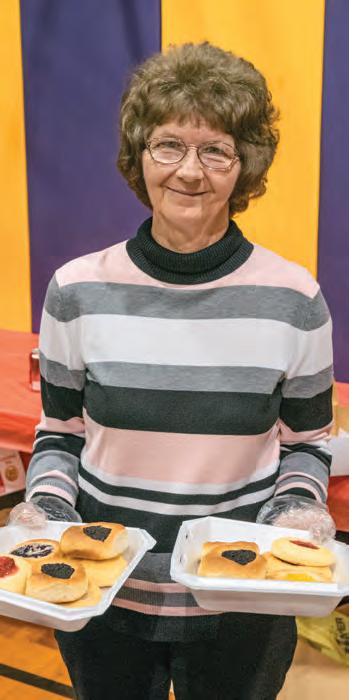
babies, born to mothers Kiki and Claire, have the same father, Callee. And, if all goes well, they’ll soon have more playmates and half-siblings. Mothers Lolly and Jayei are both expecting babies in 2023. With a dwindling global population of elephants, these babies represent hope for the future and demonstrate the Zoo’s contribution to the conservation of the species. That’s something worth trumpeting about – just not too loudly … the babies are finally taking a nap.
There probably aren’t many voices that Nebraskans from Scottsbluff to Seward can easily recognize. Still, Genevieve Randall’s distinctive dulcet tones have been a fixture on Nebraska Public Media for two
decades. As host of classical programming, Randall eases Nebraskans’ mornings statewide before she revs it up at the end of the week with a party.
Friday LIVE amplifies arts and humanities programming throughout Nebraska and includes live performances. Randall warmly engages her guests to share insight into their art and to reflect on how Nebraska inspires them.
The show also introduces listeners to different venues throughout the state, taping at locations such as the Red Cloud Opera House and The Most Unlikely Place in Lewellen. Randall gives equal care and attention to small-town theater companies and art galleries as she does to larger metro productions and institutions. Her spotlight on the vast and diverse offerings of our state’s arts and culture gives us all something to celebrate.
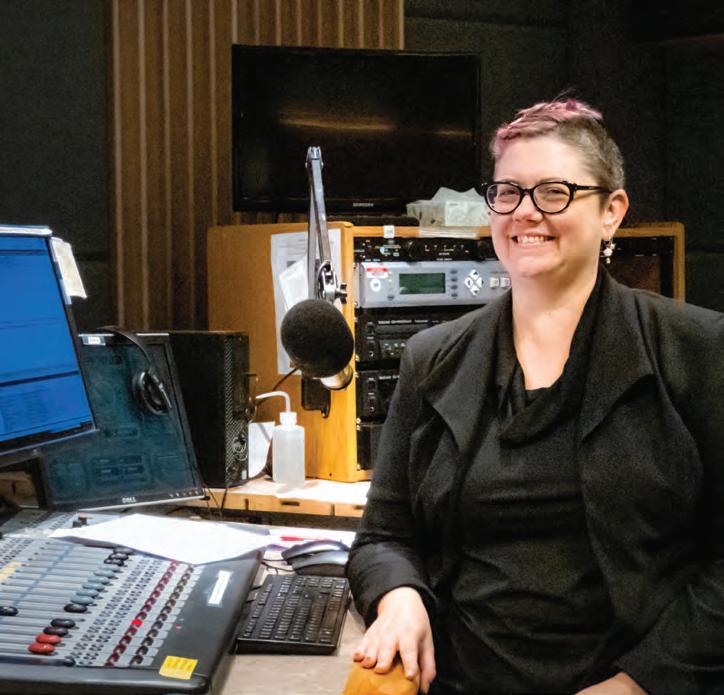

Nebraska’s most recognizable landmark once lifted pioneers’ hearts. Chimney Rock was an important touchstone on the Oregon Trail for these westward travelers. It signified that one part of their journey was concluding, another beginning.
This spire-shaped formation of Brule clay, volcanic ash and Arikaree sandstone has lost about 30 feet of its height to erosion in the last 150 years, but it still holds enormous regard among Nebraskans. In Bayard, the delightful Chimney Rock Museum offers views of the rock. It features artifacts, information, hands-on exhibits, including a miniature wagon (complete with a scale) and items to load, from flour and bacon to guns and clothing. It demonstrates how pioneers had to make hard choices in deciding what to bring on their westward journey. Nearby, Chimney Rock Cemetery shows that many made the ultimate sacrifice for their dream. A one-mile out-and-back trail from the cemetery affords a closer look at the geological wonder that’s inspired generations.
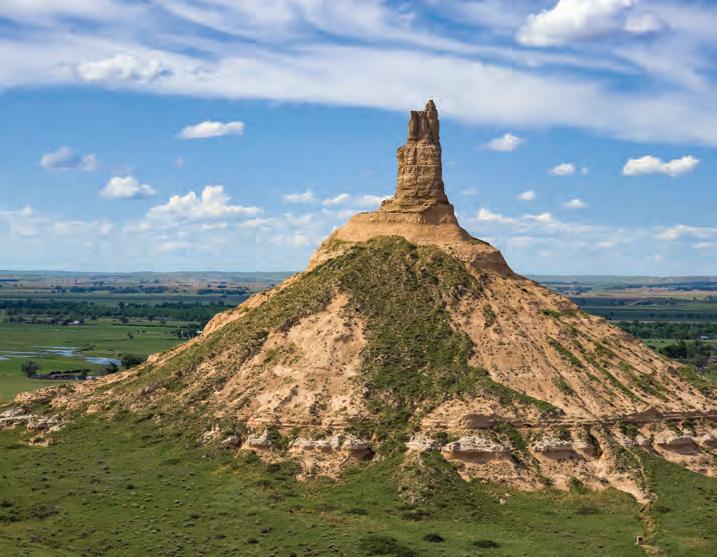
Some places in Nebraska feel so windswept and wide-open that it can almost create a feeling of loneliness. But look up to the horizon, and chances are a windmill is standing nearby. Windmills symbolize the past and the hard work that everyday life once required. They brought water to livestock and people, making inhospitable places home.
In Nebraska City, the Kregel Windmill Factory Museum, located in the Prairie-style building on Central Avenue, is the only preserved original historic windmill factory in the U.S.A. The factory made over 2,000 windmills, one at a time, during its 112 years in business until 1991.
Nebraska’s windmills have out-of-state admirers, too. Shannon Gibson, from Knoxville, Tennessee, visited Nebraska years ago to research the Oregon Trail and has returned nine times since. Sometimes when she’s in a remote spot searching for trail ruts or pioneer graves, the windmill might be the only tangible connection left to those pioneer days.
Runzas, or bierocks (spelled with or without a “k”), are as Nebraskan as it gets. Each bite of the sandwich with ground beef, cabbage, onions and spices baked in a pocket of perfectly soft bread feels like a homecoming. Nebraskans eat Runzas at Memorial Stadium Husker games and Omaha Stormchasers baseball games. They chew them in the car, running kids around. Many families, my own included, even make them at home. How many Old-World foods, this one deriving from German-Russian immigrants, made it as fast-food favorites?
Siblings Sally Everett and Alex Brening popularized the sandwich when they opened the first Runza in Lincoln in 1949; later, franchises grew throughout the state. But Runza restaurants aren’t the only establishment serving this Nebraska specialty. Sehnert’s Bakery and Bieroc Cafe in McCook (founded in 1957) does too. From Runza to Sehnert’s, from my mom’s to the lady next door’s, the recipes

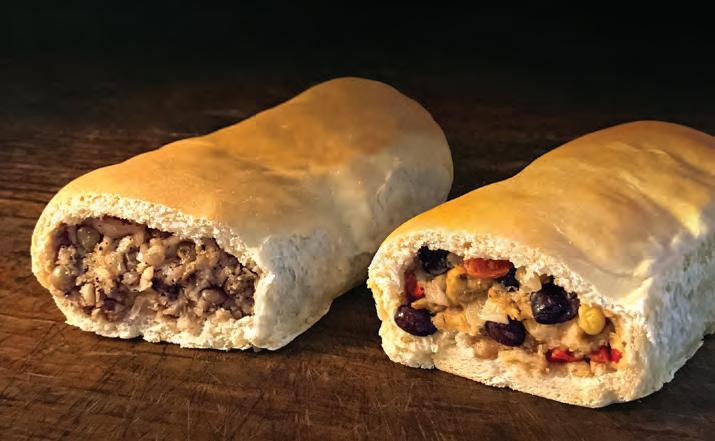
may differ, but the fundamental elements of warm bread, ground beef, cabbage, onion and spices keep hungry Nebraskans returning for more.
The central Platte River is the hottest Nebraska tourist spot for migratory birds like sandhill cranes. But our state also provides migratory habitats for other species, like endangered whooping cranes. Whooping cranes prefer to roost in shallow rivers and wetlands, feed in those places, along with agricultural fields, and settle in spots isolated from humans. No wonder Nebraska hits all the sweet spots for these majestic birds. It’s incredible to see a rare whooping crane, but it’s equally impressive to see an enormous flock of sandhill cranes dance, fish and trill on the water. Many people describe their first time watching thousands descend upon the Platte to roost as a spiritual experience. It feels like stepping out of time, and one can almost imagine what life was like before humans ever trod this land of sky, rivers and grass – just the sound of the wind, the rattling bugling call of the cranes and the gentle gurgle of water.
Covering 2,850 acres, Union Pacific’s Bailey Yard is the largest railroad classification yard in the world. A classification yard sorts and separates railway cars onto different tracks to organize trains by destination and purpose. Bailey Yard is located on the busiest freight rail line in the U.S. on east-west and north-south corridors. Visitors can watch the tremendous work underway from the Golden Spike Tower. An open-air observation deck on the seventh floor incorporates the sounds and smells of the yard, while an enclosed viewing area on the eighth floor provides comfort in all seasons. Each day, Bailey Yard manages more than 10,000 railroad cars with 17 receiving and 16 departing tracks. Workers sort, fuel and repair cars. Trains carrying automobiles, grain, chemicals and retail products pass
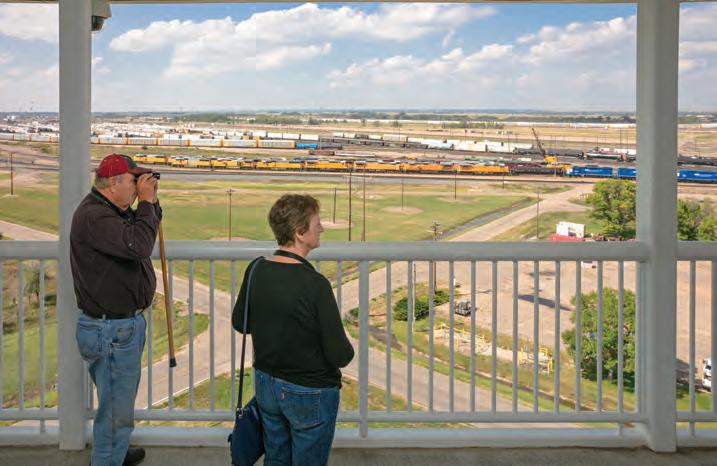
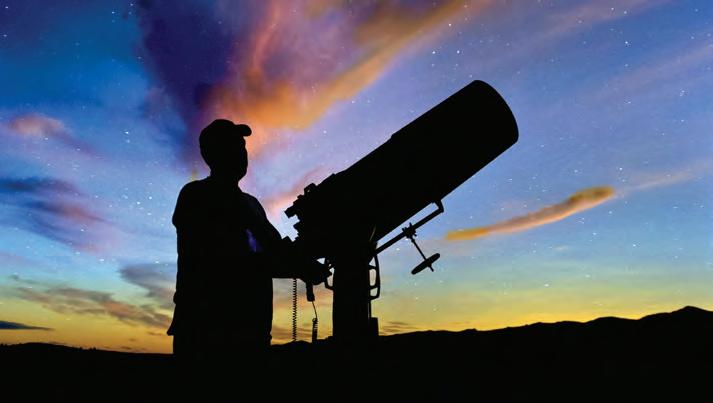
through this busy place where operations run 24-7. The visitor center is open from 9 a.m. to 5 p.m. during winter and from 9 a.m. to 7 p.m. from Memorial Day to Labor Day.
The Sandhills region offers more beauty than rolling hills and verdant prairies. Wait until dark and look up. You’ll see the galaxy unfold – especially at Merritt Reservoir State Recreation Area. The 729-acre SRA offers fishing, boating, and camping and hosts an annual weeklong Nebraska Star Party, which draws as many as 250 hobbyist astronomers and their families every summer. In autumn 2022, Merritt
Reservoir became the first and only Nebraska location to receive distinction as an “International Dark Sky Park,” awarded by the nonprofit organization International Dark-Sky Association.
Nebraska Tourism Commission and Nebraska Game and Parks collaborated to apply for and earn the certification. They had to meet strict nocturnal environment guidelines, so they retrofitted exterior light fixtures and made a dark-sky-friendly outdoor lighting maintenance plan. Nearby, the city of Valentine cooperated, too, with the help of Nebraska Star Party planners. The star partiers advised the town’s efforts to select dark-sky-friendly fixtures for a downtown beautification project underway. When Nebraskans work together, the results sparkle.

Ali S. Khan, a world-renowned public health expert, serves as Dean at the University of Nebraska Medical Center’s College of Public Health. A physician formerly at the Centers for Disease Control and Prevention, where he served as a disease detective for two decades, Khan traveled the world studying bioterrorism, global health and emerging infectious diseases.
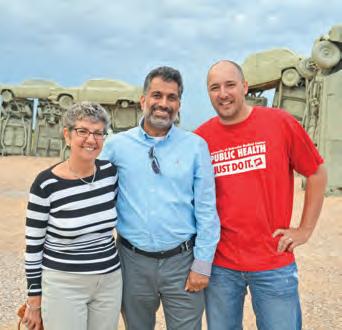
This Brooklyn-born-and-raised son of Kashmiri immigrants is proud to call Omaha home. Khan helped start the nation’s biodefense program and limit the scope of anthrax and other health emergencies. He was an authoritative voice on the COVID-19 pandemic. He traveled to Uganda to assist the World Health Organization’s response to an Ebola outbreak.
UNMC has a history of biopreparedness work. After the Sept. 11, 2001, terrorist attacks, it received federal funding for bioterrorism preparedness and, in 2005, opened the Nebraska Biocontainment Unit. Teams trained for years before activating the unit in 2014 to care for Americans with Ebola as Dr. Khan deployed to Sierra Leone to assist in the response.
At UNMC, Dr. Khan helps prepare the American health system for outbreaks and train future public health leaders.
Since 1986, the Museum of Nebraska Art has made its home in an iconic renovated
1911 United States Post Office. Honored as the official visual arts collection of the state by the Nebraska Legislature, the museum has expanded its Nebraska art collection from 30 pieces to more than 5,000 during its 45-year history.
To make room for its many offerings and provide an even richer museum experience, the MONA is undergoing exciting renovations this year, including adding galleries with new technologies, a stocked community studio, an expansive outdoor space featuring Nebraska plants, an expanded library, better entrance accessibility, and a centrally located commons area. Perhaps most crucially, there will be increased square footage for artwork storage and exhibition preparation.
Though the doors remain closed until 2024, virtual gallery tours are available, and several MONA exhibitions travel the state through its ARTreach program. Meanwhile, Nebraska art lovers wait for the unveiling of the most spectacular masterpiece yet – a transformed MONA.
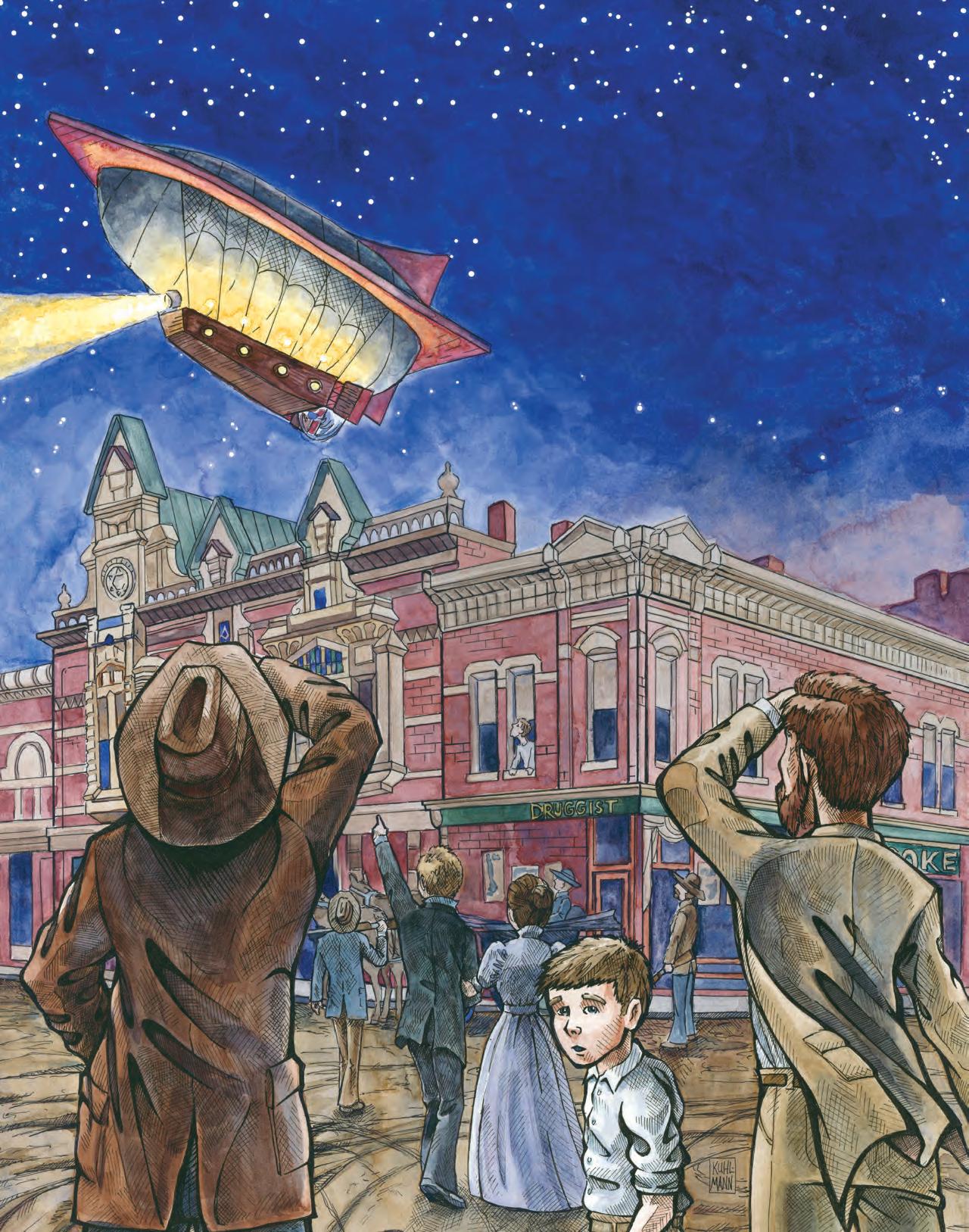
story by ALAN J. BARTELS
illustrations by ANTHONY KUHLMANN
ARE WE ALONE? It’s a question as old as humanity. To many, it remains unanswered. Others – based on experiences they claim to have had.
When we asked UFO Field Researcher Dale Bacon if he knew of any credible Nebraska UFO sightings, he aptly replied, “Hmmm . . . credible UFO sightings. Is that an oxymoron?” Point taken, Dale, but to the hundreds, maybe thousands of Nebraskans who claim to have witnessed strange, unidentifiable “things” in the Nebraska sky, they believe . . . that they saw something.
Bacon knows that. He has investigated a handful of more recent encounters, many of which are “credible,” he said. Others, though, may have simply been misidentification.
The national UFO reporting center in Seattle has 279 reports listed for Nebraska, including 16 in 2008 and 15 in 2009, but rumors of strange aerial phenomenon in the Cornhusker sky is nothing new.
A passage in Mari Sandoz’s Love Song to the Plains reads, “Back in the hard times of 1857-58 there were stories of a flying serpent that hovered over a Missouri River steamboat slowing for a landing. It was like a great undulating serpent, in and out of the lowering clouds, breathing fire; it seemed, with lighted streaks around the sides.”
Sandoz also recounts a folk song attributed to 1860s railroad workers:
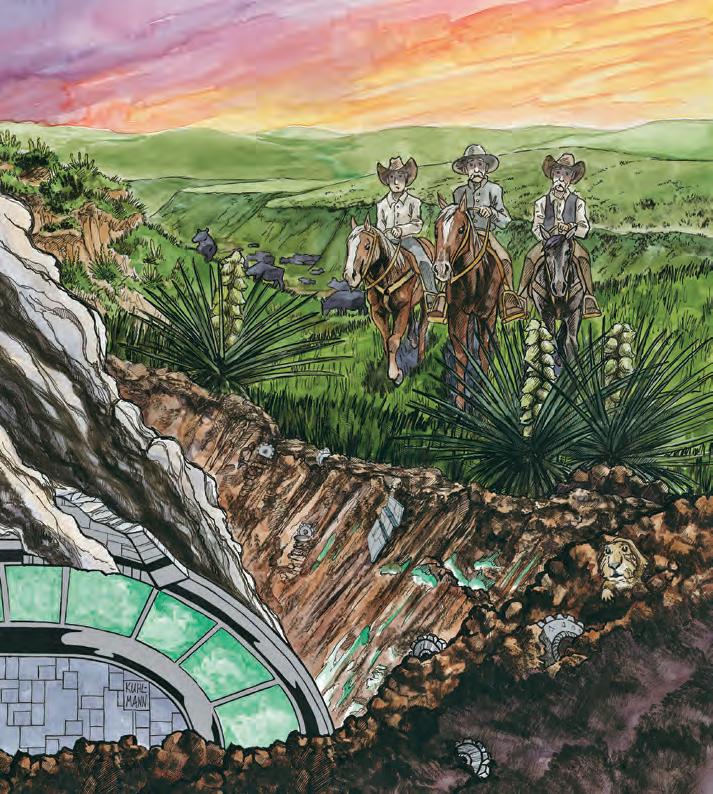
“Twas a dark night in Sixty-six When we was layin’ steel We seen a flyin’ engine come Without no wing or wheel.
It came a-roarin’ in the sky, With lights along the side…
And scales like a serpent’s hide.”
Strange newspaper reports were the norm at the time and became more inventive by the day. The same could be said of the quick-witted remarks of readers. Sandoz tells of one man’s politically motivated explanation of the phenomenon. “Finally a Grand Islander claimed he took a ride in the airship, which was not supernatural at all but was built up in the sandhills and run by the wind collected from following
(William Jennings) Bryan in the great campaign.”
In 1884, the sky belonged to the clouds, birds and stars. So, when a metallic object crashed to Earth near Benkelman on June 6 of that year, it would have been a shock to the cowboys who witnessed it. The Nebraska State Journal reported that ranchman John W. Ellis and several of his hands were rounding up cattle when they heard a roaring sound overhead. They looked up just before “a blazing meteor of immense size” struck the ground and slid into a draw.
Investigating, the horsemen saw metallic fragments – cogs and gears strewn about, each one glowing and surrounded by a radius of charred grass. The 60-foot long, 12-foot radius cylindrical object scoured the ground, leaving molten sand in an area 20-by-80 feet. One of the cow-
boys, Alf Williamson, peered over the draw’s rim. He was blinded in seconds; his hair singed and face blistered. By evening, many visitors came to view the object, but its light, said by many to be as bright as the sun, remained too intense to bear.
With the fragments still glowing two days later, a brief but heavy rainstorm filled the draw with a violent torrent of water. As the rain subsided, several witnesses, including an Omaha Bee reporter, observed that the craft, which some called an aerolite, had dissolved “like a spoonful of salt in water.” A greenish jelly-like substance covered the ground and dissipated into nothing before their eyes, a sweet smell filled the air. The next day a newspaper headline read: “The Magical Meteor, It Dissolves Like a Drop of Dew Before the Morning Sun.”
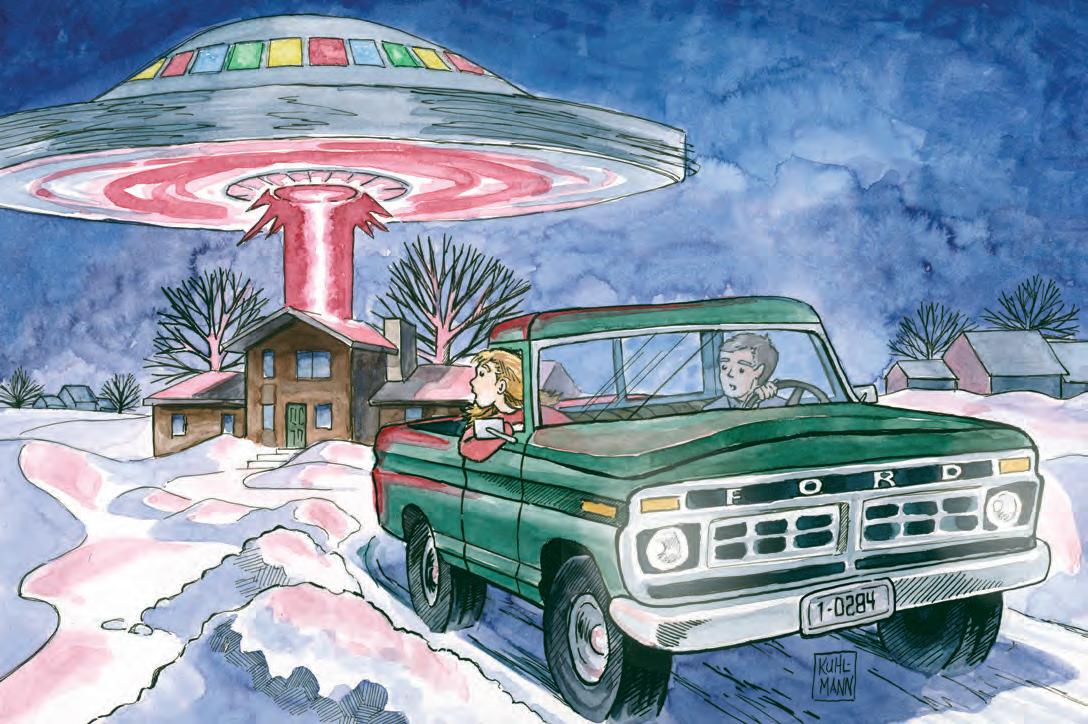
An Omaha husband and wife reported seeing a UFO hovering above their Omaha home in 1982. “Now we know they, whatever they are, exist,” said the wife, who wishes to remain anonymous. When she told her friends what she and her husband witnessed no one believed them.
THE BENKELMAN UFO story was forgotten for decades until an old newspaper account surfaced in the 1970s. Researchers visited Benkelman and found that local residents were unaware of the event. It wasn’t until scientist Robert Golka visited Nebraska that a serious investigation into the Benkelman event began.
Golka has investigated the crash since 2006, then in the summer of 2009 he visited McCook’s Museum of the High Plains. While sifting through exhibits he noticed a large green rock sitting unremarkably on the floor. Upon closer inspection he realized that it was a form of glass created by very high temperatures. Encased within the 25 pound chunk are several white inclusions with shapes similar to the letter X; others resemble fluffy kernels of popcorn. The glass was donated to the McCook museum when the Daughters of the American Revolution Museum closed, but nobody at the museum seems to know where it originated. Veldron Hall, a museum volunteer said, “It looks like something that came through the atmosphere.”
Based on newspaper accounts of the green jelly, the sweet smell and the object’s intense heat, Golka surmises the glass could be a crash artifact and that the object, which he said could have been a probe released from a mother ship, may have been made of beryllium. The rare chemical element known for its light weight and resistance to heat is used in our own aerospace
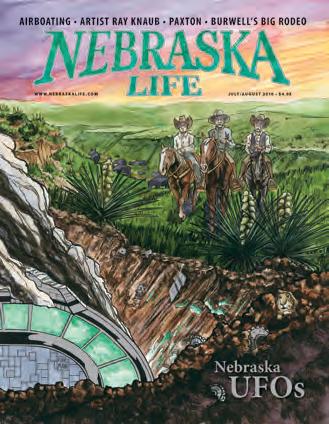
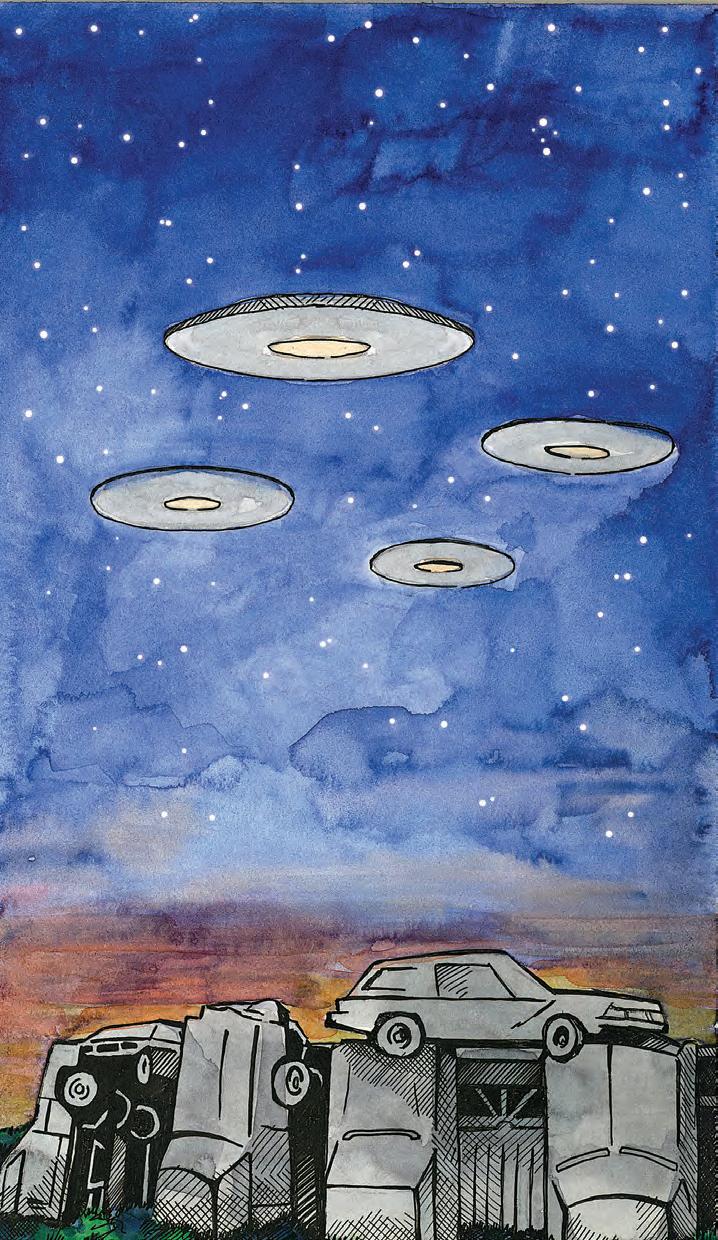
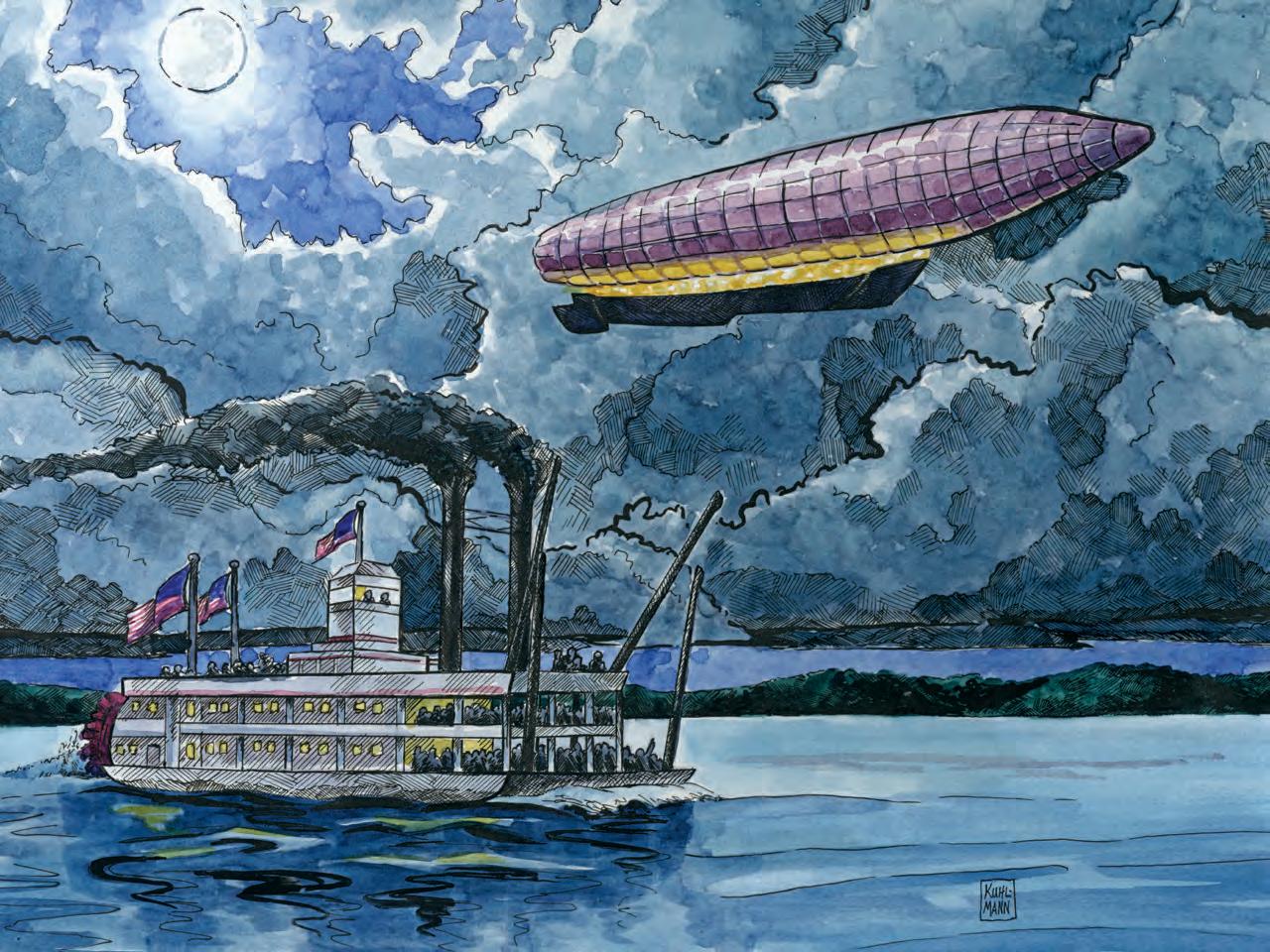
industry, so isn’t it possible that an alien race would use it as well?
Golka found a similar piece of glass for sale in a nearby shop and knows local residents with fragments. Families have had the pieces for years; handed down through generations, but in each case the story of their origin is lost. Did crash site witnesses collect them as souvenirs?
Analysis at Corning’s Glassware Laboratory could reveal many things about the glass, including its age. Golka has offered to contribute toward the cost of testing but museum officials have not yet accepted his offer.
“Something about this story sounds real to me,” Golka said. For now, he continues searching for the impact site in southwestern Nebraska.
reported nationwide in 1897. The invasion eventually reached Hastings on January 25 when a craft was reported traveling at great speeds and illuminating large areas with an immense spotlight. On February 5, a large conical craft more than 30-foot long was reported near Invale. It was said to have had wings and several smaller lights. Voices were heard coming from the device.
Once again, the Omaha Bee, being on the forefront of the paranormal, faithfully reported the sightings based on an alleged report from witnesses of the highest caliber: citizens returning home from church. It’s a well known fact that newspapers of the day often fabricated stories in order to entertain. Readers were left to decide for
themselves. Perhaps it is no coincidence that the Bee was always right on top of these strange incidents.
In 1957, Kenesaw native Reinhold Schmidt was driving his Buick along the Platte River near Kearney when its engine stalled. He saw a 100-foot long silvery craft and was briefly paralyzed by a light beam before encountering two human-looking aliens. As in the movies, they spoke English, but with German accents. The cordial Germanic aliens, claiming to be from Saturn took Schmidt onboard and asked him about the U.S. satellite program. What a coincidence that Schmidt spoke German, understanding when one alien announced “Wir sind fertig” (We are finished). After half an hour on the ship, Schmidt said, he
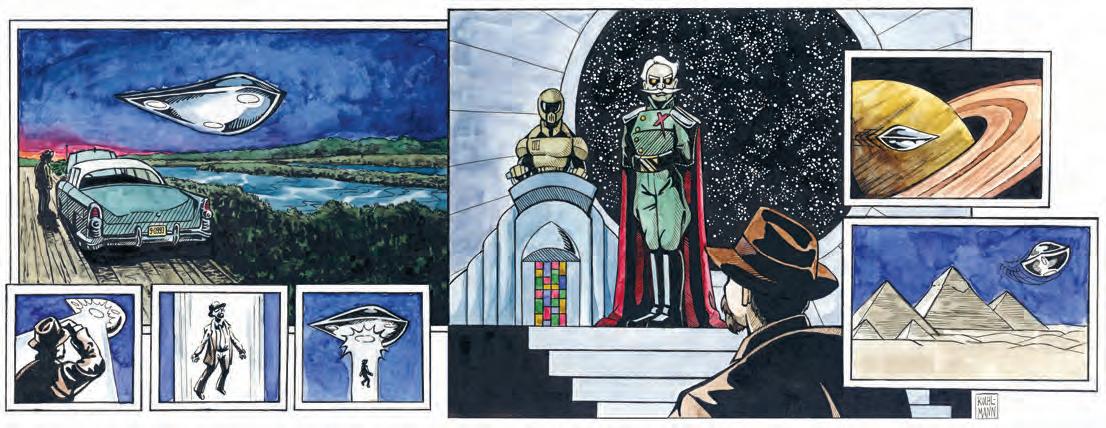
was released and was told by the aliens, “We will see you again.”
He felt it his civic duty to report the incident. When a sheriff’s deputy accompanied him to the sandy riverbank, imprints of the vessel’s landing gear were apparent, as was a sweet-smelling greenish oil. It was later reported that a nearly empty container of the same oil was found in Schmidt’s car, indicating an elaborate hoax. Schmidt claimed he was being framed as part of a cover-up; others said he craved the public eye.
On November 3 of the same year, a young Scotia boy reported seeing an oblong craft with an antenna. It made a humming noise, came in low, circled and then flew away. He said he felt numb as he watched it.
In 1965, a 10-year-old girl playing outside her parents’ home on Grand Island’s Grace Street had a horrifying experience. The woman asked to remain anonymous, but said, “This thing hovered over me and my friends, blinding us with a bright light. It made no noise. I was so scared; we hid in the trees until it left. I’m not sure what it was.” Despite our best efforts, we couldn’t convince her to be named for this story; she’s afraid of what people would think.
A TALE EMERGED from Ashland in 1967 that is regarded as one of the most solid reports in all of ufology. Police Sgt. Herbert Schirmer was on patrol near Ashland when he saw flashing lights. He assumed a truck was broken down and turned his cruiser toward the lights,
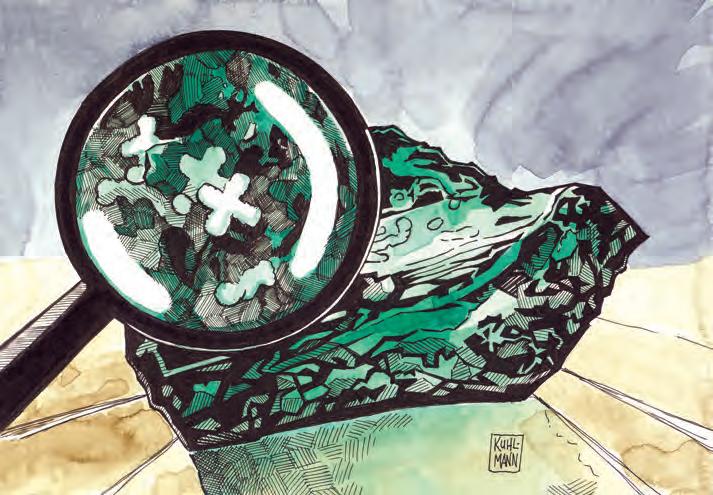
but when he approached he discovered that it wasn’t a truck but a shiny football-shaped craft hovering above a field. Red lights came from the craft’s portholes – its underbelly glowed orange. The UFO moved behind a hill. The next thing Schirmer knew, he was outside of his cruiser, on the hill, and unsure of how he got there.
An entry in his logbook reads: “Saw a flying saucer at the junctions of highways 6 and 63. Believe it or not!”
Schirmer passed a polygraph test, and why wouldn’t he? The Navy veteran and police officer was highly credible. Fol-
lowing the incident, a red welt formed on his neck and headaches plagued him. Schirmer took part in an U.S. Air Forcebacked UFO study. When it was discovered that 20 minutes was missing in his story, he agreed to be hypnotized. Under hypnosis, Schirmer said that he had been paralyzed and taken aboard the silvery craft. He met several gray-skinned creatures with small slits for mouths and narrow, slanted eyes. Schirmer recalled that the leader communicated in broken English via voice and telepathy. They said they were from Venus and promised to visit him again and show him the universe.
Following his encounter, Schirmer became the Ashland police chief, but not for long. Rumors and ridicule abounded. He soon quit his job and moved out of state. Out of fear of losing his current job, Schirmer has said that he will not speak of his encounter again until after he retires. We’re not sure if he’s toured the universe as of yet.
In February 1982, a husband and wife saw something they had always hoped to see. Following a gathering at their lakeside home west of Omaha, the group left in several cars for another engagement with the homeowners last to leave after locking up. The woman, who asked to remain anonymous, heard a swirling noise and snow crunching under their tires as they attempted to leave the driveway. She looked over her shoulder and saw something that looked “like a big hat.”
She told us on the phone one evening: “Inside of the dome there were a lot of colors coming from windows which were just high enough that I couldn’t see into them. It was about 50 feet above our house and much larger. It emitted a red beam on the center of our home as if it was ‘taking some kind of reading.’ ”
Even though she had always hoped to see a UFO, she said, “I didn’t want to go for a ride . . . I didn’t want any exams.” She prayed while her husband began slowly driving away. As they turned the corner the object went “chup” and disappeared. They caught up to some of the other cars, pulled them over and recounted their sighting. During the rest of the evening their friends laughed. “Nobody believed us,” she said. Based on that reaction, they decided not to tell anyone but said, “We were happy to know they exist.”
Sometime later they did report their experience to the Nebraska Chapter of MUFON (the Mutual UFO Network, a civilian UFO research organization). Dr. Jack Kasher, Director of MUFON Nebraska kindly put me in touch with the witness in the aforementioned encounter and shared with me some interesting statistics. He cites a recent Harris poll when he says “the majority of people in the United States believe there is intelligent life elsewhere in the universe.”
“Thirty-four percent of Americans be-
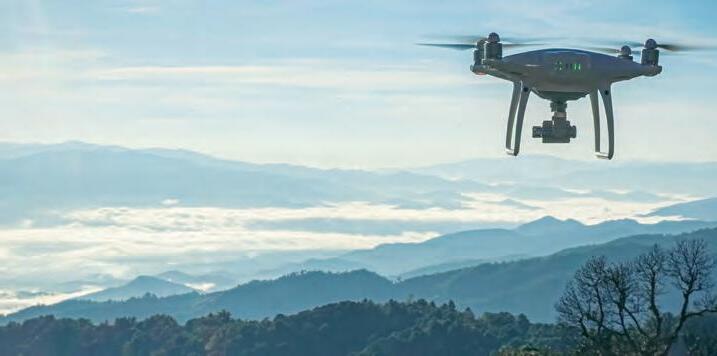
By LAURYN HIGGINS
Under the cloak of night, when the Earth slowly twists to an obsidian black, the sky no longer belongs to just the clouds and silver-haired bats. A mysterious object emerges, its envious eyes drawing their plans, while only the restless catch a glimpse.
Or at least those awakened by their barking dogs. That’s why Heather Rowe, a Lincoln resident, stirred one night after midnight.
“I went outside to see what all the commotion was and saw what looked like a tiny spaceship spinning above my backyard,” Rowe said. “I knew it was a flying saucer or drone.”
Drones, or unmanned aerial vehicles, have been spotted around Nebraska for years – but sightings increased from 2019 to 2020, when people in Western Nebraska and Colorado reported seeing fleets flying in formation. Drones have no human pilot, crew or passengers on board, and can range in size from something as small as a quarter to 80 feet by 18 feet. (That largest one, the Ravn X, also weighs 28 tons.) Drones have been available for commercial use since 2006, but many Nebraskans remain suspicious of them.
Some believe the drones are being used for a military search and recovery operation consisting of objects hidden during the day and drones pursuing those items in the dark of night. Others have speculated something more sinister is underway. Something that could be watching or lurking, with an aerial advantage.
“I’ve seen all the sci-fi films, read all the books,” said Pat McDevin, a Beatrice resident who has spotted several drones over his property in the last few years. “It has to be something bigger than just a farmer playing around with a drone in his field.”
That unknown is what keeps residents a little more alert and a little more in tune with what is going on above them. There’s no official count of how many drones have been spotted in Nebraska, but for McDevin and his property, he keeps an eye out. Just in case.
lieve UFOs are real and that we have been visited by extraterrestrials and 72 percent believe that the government is withholding information about UFOs,” he said.
He added that the “reality of UFOs” should not pose a problem to religions.
“Father Gabriel Funes, the Jesuit priest in charge of the Vatican observatory stated last year that intelligent life could very well exist somewhere in the universe, and they would be God’s children, too,” Kasher said.
In November 2008, a Brady man called 911 to report strange lights. A pair of deputies responded. The sheriff told us
he would forward our request for information to the deputies, but they never responded. Published reports indicate that the men watched the blue and white lights, which performed maneuvers too agile to be conventional aircraft, for at least 15 minutes near Lake Jeffrey. Sheriff Kramer said the deputies tried to get video footage with their in-car video, “but it did not turn out.” No UFOs have been reported from the area since.
Credible Nebraska UFO sightings? Is it an oxymoron? For eons man has attempted to reach the stars. Why wouldn’t other civilizations do the same?
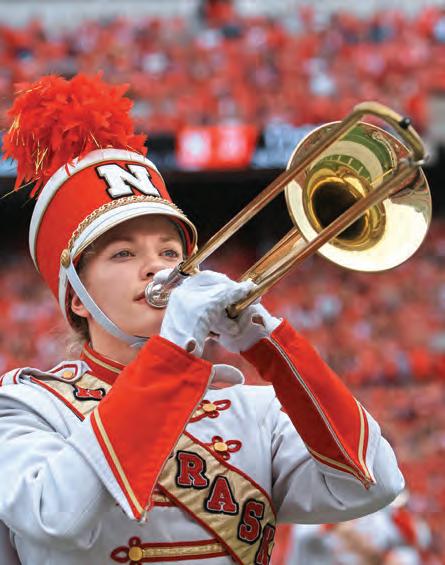
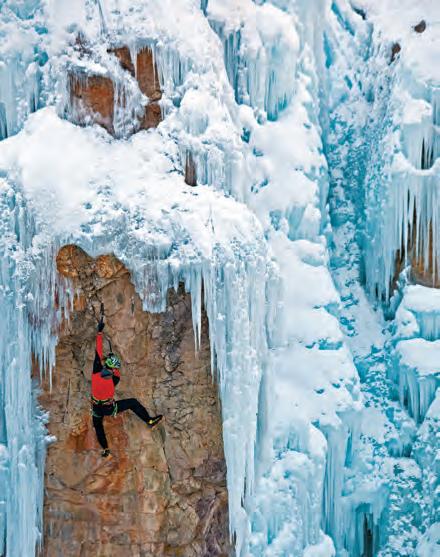




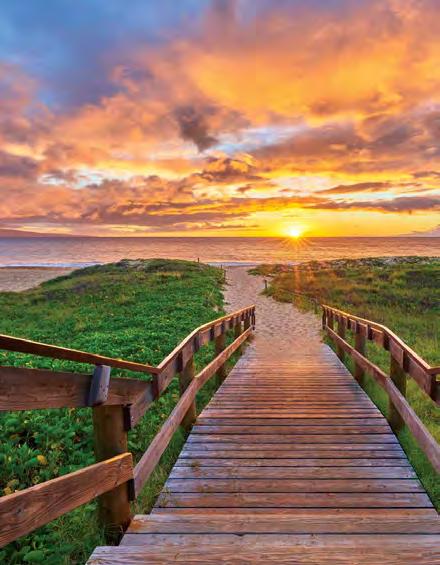





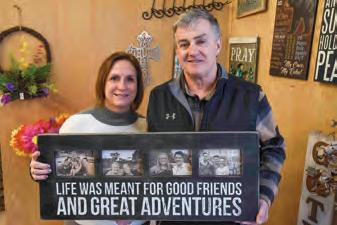
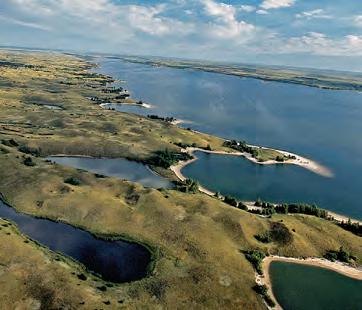





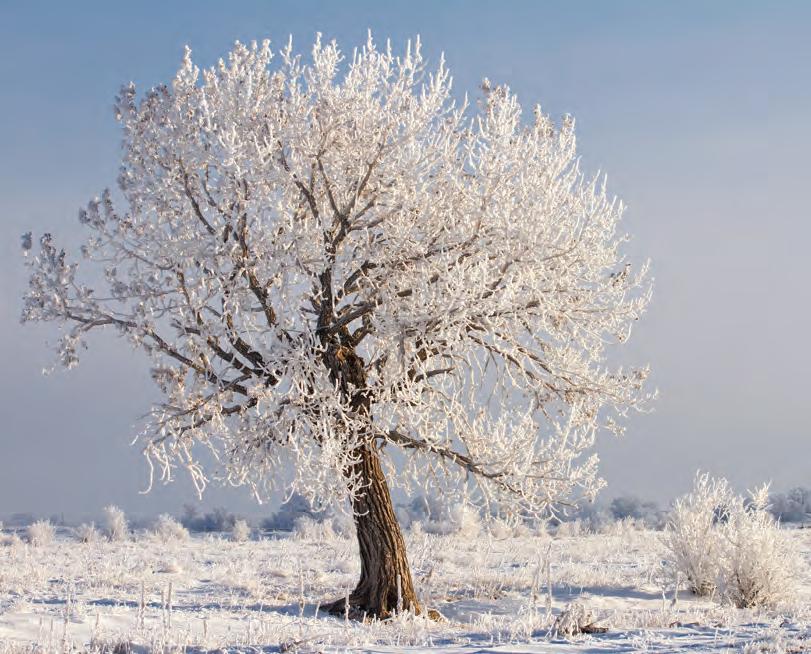
Richard Teller
Nebraska poets find beauty in the challenge of change. A fallen family tree becomes a baby’s crib. The scent of warm cooked apples comforts on a dark winter night. The landscape reveals a stark beauty. Poets accept and embrace the season.
David Ritter, Lincoln
Stanley Bartak, Omaha
The search is what we all may struggle with from time to time. We do not know the start or end, the reason or the rhyme.
Our quandary is to recognize just what we’re looking for. Be ever watchful day to day, it must not be a chore.
The search can be both bad and good, distinguishing our task. And when the positive is found time one must take to bask.
But if a roadblock does occur one can’t give up the search, ’cause though things may seem low just now, one soon will find a perch.
The search, though endless, marches on, so we may start anew. It’s through life’s quests we all can give ourselves a greater view.
Something about a chill winter’s evening when the wind slices along like slow cold sheet metal and the air is fresh and brisk and curls into the nose, sharp and welcome, scrubbing lungs with new invigoration; and the night so clear with its dark blue blackness set glassily among the ice stars and the colorful downtown buildings sitting humped upon their frosty stones, blinking out the season’s cheerful promise.
The crunch of snow on sidewalks freshly powdered, the grind of chains on tires mashing up the flakes as they silently sprinkle down, white crystal bodies in whimsical gentility.
To think about cooking apples in the potted cradle of a brawny woodland stump, to the rhythm of voices and the cracking furnace tune of a well-set fire while the night lies spaced between the trees.
Things to think about; times and places far away.

Chris Amundson
What changes will Nebraskans experience this year, and how will they find the beauty in transformation? Our poets have ideas.
Doris Cooksey, Blair
I looked across the Nebraska field
And saw the lone tree
And somehow it touched my heart. I had not noticed the tree before
And I’ve looked in that direction many times.
Why today did I see the lone tree
And why did my heart beat faster? Its beauty is something to behold
And it doesn’t look like it belongs in the landscape of the field
But should be planted in a beautiful garden.
I felt a connection to the tree
As I gazed upon it, as Sometimes I feel like a “lone” person. I live alone, but I’m very seldom lonely. I believe God plants us where He wants us
And I’ve found we can live beautiful lives even when we’re alone.
Maybe that’s what connected me to the lone tree.
But change is in the air
And just like the Nebraska field, Life moves from stage to stage And never stays the same.
So, I believe I saw the tree today
To remind me that even though life changes
We can be a “lone tree” anywhere.
Claire
and Jacob Moore, Fayetteville, Arkansas
2102 W C Street, North Platte, 1959
A family entered their home for the very first time.
Leon and Lois and their children four.
A brand-new home for the Buttermores.
A home they cherished, where love would abide.
They planted a small maple sapling outside.
As the trunk thickened and branches ripened with age, So did the children who played in its shade.
All the while, the love that grew ’tween Leon and Lois
Would prove to have many lessons to show us.
Most importantly, it was a Savior they knew
Whose love they taught to their children as they grew.
As the children grew older, the tree more strong,
Soon many grandchildren came along
With joy in their voices, they would laugh with glee
As they chased one another around that old maple tree
As it evolved, first a swing, then a fort
Endless days of games of all sorts
As grandkids grew older and the tree more renown,
Many joys in the tree by Leon and Lois were found.
Watching squirrels hunting nuts and birds building nests
Their love grew and grew, we are here to attest.
Now that tree stood majestic, just one family it knew
Who blossomed and changed under the tree as it grew
Until one day it could stand no more.
But the mighty tree knew it had room yet for Moore.
So its branches were broken but its boughs are not gone
In the wood of that tree its legacy lives on.
That family still multiplying and growing to this day
A crib full of memories is with us to stay.
A new kind of fort that will swing young ones to sleep
A legacy of blessing in our hearts we will keep.
We’ll recount to this boy that fabled love
Of a man and his wife and their God above
When closes his eyes many dreams yet to see
He’ll join the family under the old maple tree.
NEBRASKA LIFE IS seeking poems with the theme “Mothers and Fathers.” We prefer poems that mention Nebraska. Send to poetry@nebraskalife.com or to the mailing address at the front of this magazine by March 1, 2023.


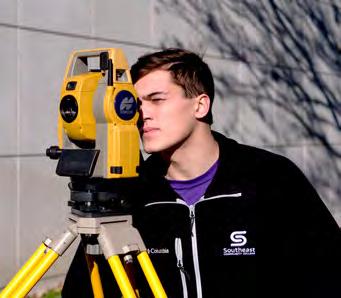
87%
86%








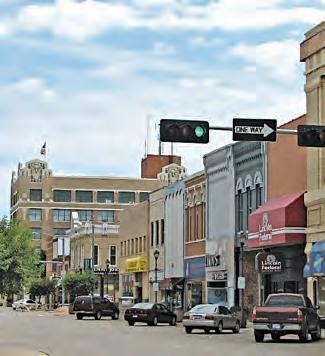

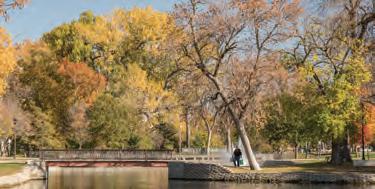
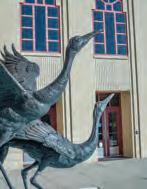
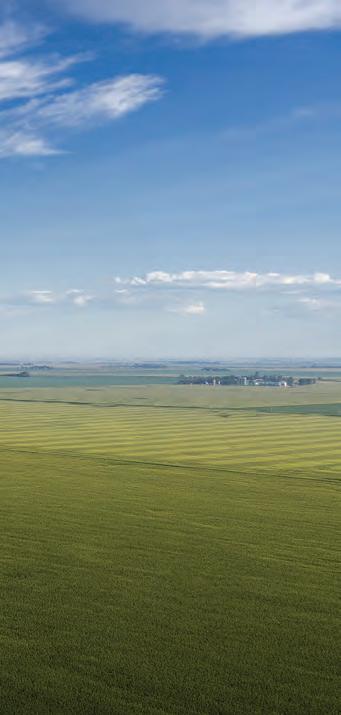


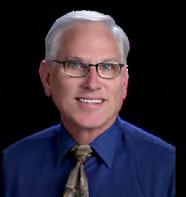
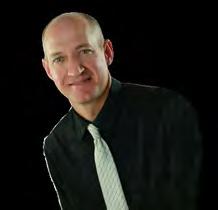


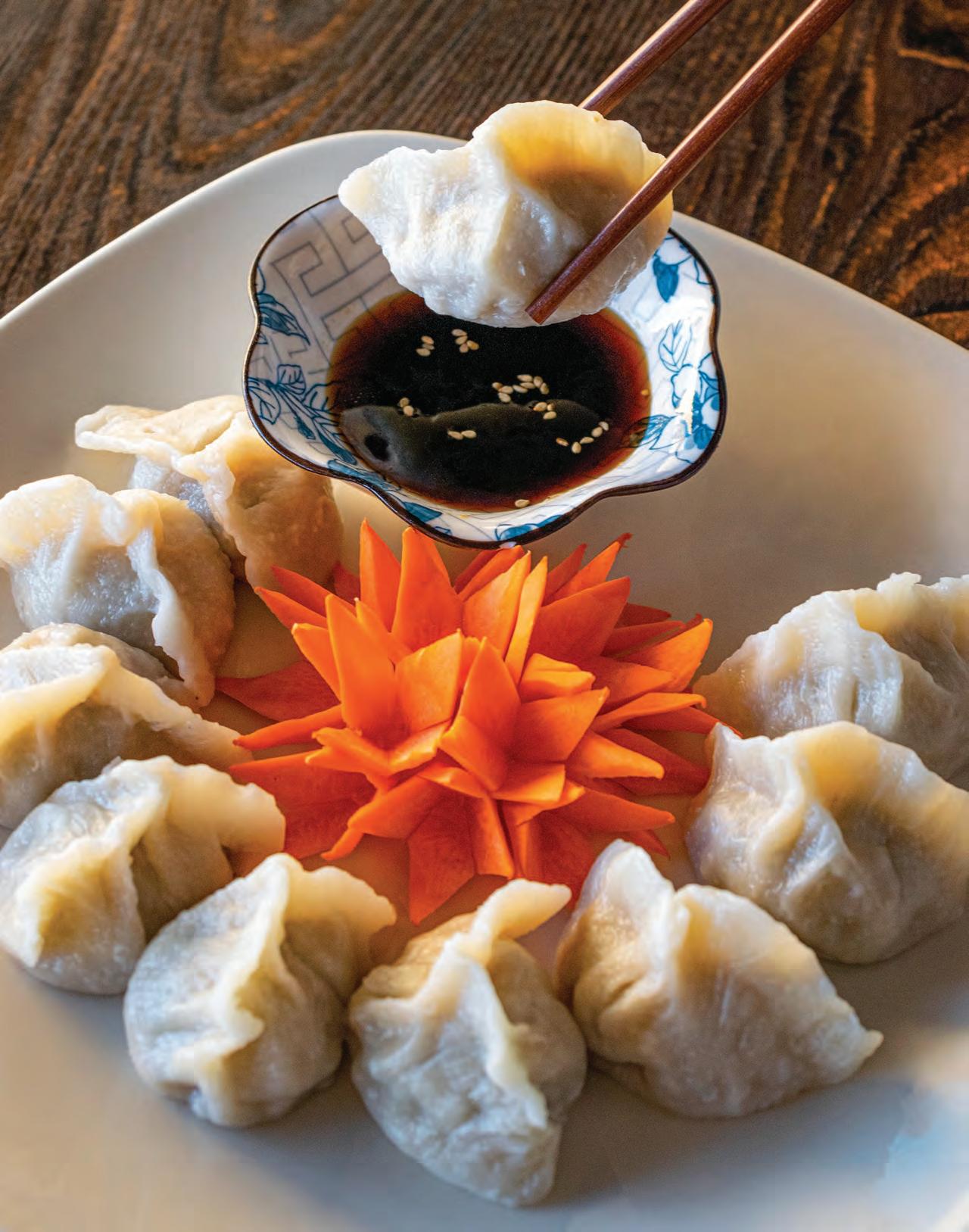
Omaha couple shares Chinese New Year recipes and blessings
recipes by CONG YUE
photographs by MEGAN FEENEY
ARRIED COUPLE Cong Yue and Sun Yi live the American Dream in Omaha. In 2015, the couple opened their restaurant Blue & Fly Asian Kitchen, which serves authentic Chinese dishes in a strip mall on 72nd Street between Pacific and Dodge streets. Loyal customers have witnessed the Cong-Sun family not only grow their business but also their family with the addition of a son. Indeed, there’s a lot to be happy about – like the Chinese New Year holiday on Jan. 22, 2023, which features special dishes that symbolize aspirations for the days ahead.
Dumplings 饺子
Dumplings, or jiaozi, are a traditional Chinese New Year food because they resemble ancient money and represent wealth. Making dumplings together is a family tradition because it can be work-intensive. To simplify, look for premade dumpling wrappers offered at most grocery stores in the deli, produce or frozen section. Then stuff the wrappers with your favorite meat and vegetable mixture. We boil them here, but you can steam or fry them, too.
Mix all the ingredients for filling. Only mix one way. If desired, make dipping sauce. Put one tablespoon of filling in the middle of each wrapper. Don’t overstuff. Fold and pinch wrappers closed. If necessary, use a little water on edges to seal.
Transfer dumplings in batches into pot of boiling water. Don’t overcrowd. Ready to remove and eat when floating.
1 lb ground pork
1 tsp salt
2 cup shredded napa cabbage
2 green onions, minced
1 Tbsp minced ginger
1 Tbsp minced garlic
1 Tbsp soy sauce
2 Tbsp sesame oil
1 Tbsp rice cooking wine
1 package store-bought dumpling wrappers
Dipping sauce
2 cloves garlic, minced
3 Tbsp light soy sauce
2 Tbsp rice vinegar
2 tsp sesame oil
1 tsp chili oil
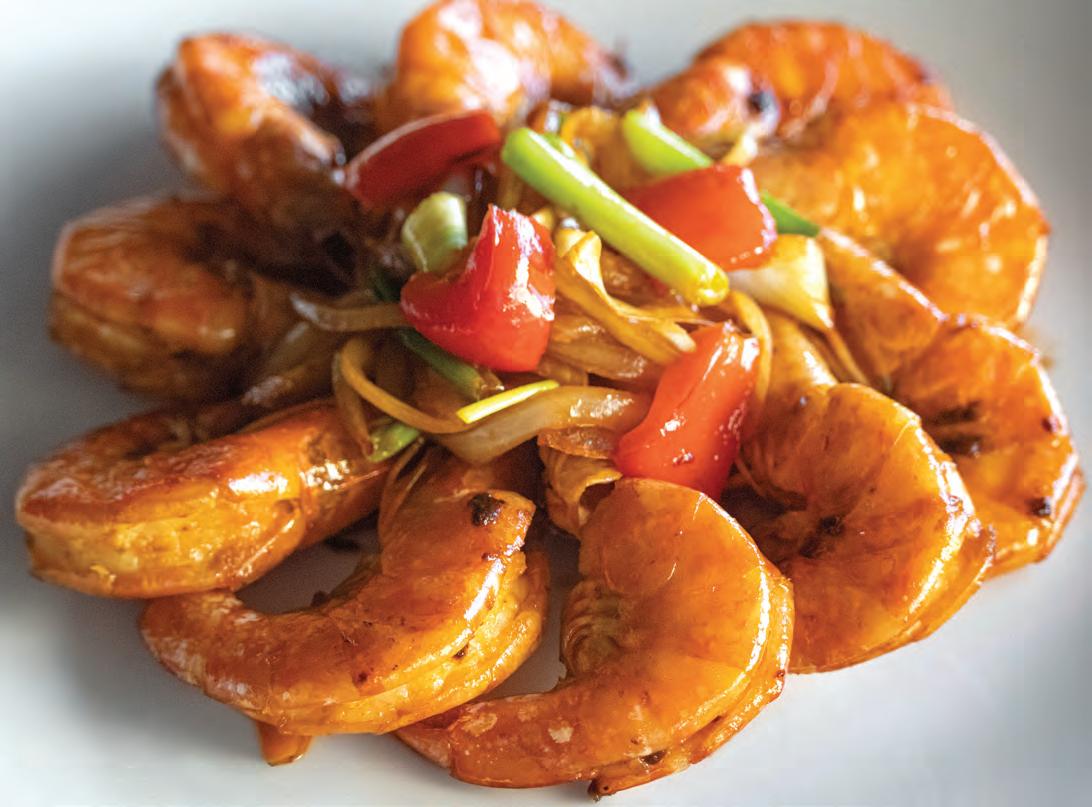
葱爆大虾
New Year’s is the time to eat special foods, like seafood. Shrimp also have a special New Year significance to Southern China’s Cantonese speakers. The word “shrimp” in Cantonese sounds phonetically like the word that expresses the sound of laughter. Your guests will be chortling with delight when they taste this.
Bring water to boil. Quickly boil prawns until color changes pink. Remove. Add oil to wok and heat. Add ginger, garlic, soy sauce. Stir-fry until fragrant. Add shrimp to wok and stir-fry. Add salt to taste. Add soy sauce to taste. Add green onions to wok. Turn and stir-fry until fragrant.
Meatballs
1 lb shrimp, cleaned with shells on 2 Tbsp cooking oil (canola, vegetable or peanut)
1 Tbsp ginger, minced
1 Tbsp garlic, minced
4 entire green onions, greens and white part, cut into 2-inch pieces
2 tsp soy sauce 1/2 tsp salt
The Chinese word for “fish” sounds phonetically like the word “surplus” in Mandarin. This makes it an essential Chinese New Year dish as people anticipate future abundance. Traditionally cooked as a whole fish, this recipe can be modified to use filets. But as a showstopper, the entire fish can’t be beaten.
Score the fish every 3/4 inch on both sides. Salt the fish and slits generously. Coat with cornstarch.
Fill wok or frying pan to 1/3 capacity with cooking oil. Heat oil on 80 percent top stovetop heat.
Add fish and fry, occasionally flipping for even cooking, for 10-15 minutes or until thoroughly cooked. It will look crispy and flaky. Remove fish from oil and place it on serving platter.
In separate pan, add enough cooking oil to coat pan. Add onion and ginger to brown. Add soy sauce, sugar, salt, cooking wine, vinegar and ginger juice and bring to a boil. Slowly add cornstarch-water slurry until mixture thickens for sauce. Pour the sauce over the plated fish. Garnish with green onions, if desired.
1 whole cleaned white fish (ie. red snapper, sea bass, barramundi, perch or trout)
1 3-inch piece ginger, minced
1/2 cup minced onion
1 tsp soy sauce
2 Tbsp sugar
1 tsp salt
1 tsp cooking wine
3 tsp vinegar
1 tsp ginger juice
2 green onions, chopped
Cornstarch for coating fish
Cooking oil (canola, vegetable or peanut)
Cornstarch for slurr y
3 Tbsp cornstarch
1/4 cup cold water
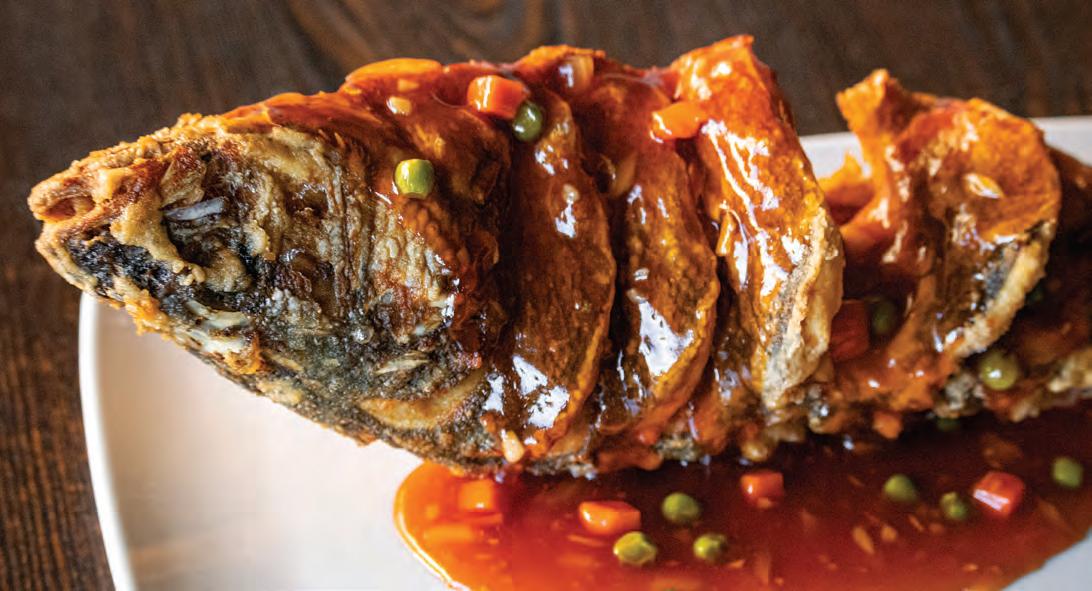
Won’t you dish with us?
We’re ravenous to taste your favorite family recipes. Nebraska-sourced ingredients and stories that accompany beloved dishes feed our stomachs and our souls. Please submit by emailing kitchens@nebraskalife.com, and thanks!


by TIM TRUDELL
LAKAYLAH KEARNES FOLDS laundry in the living room of her family’s home on the Winnebago Nation Reservation in Thurston County. The Kearnes’ house sits on a gravel street on the southern edge of town within walking distance of the Ho-Chunk Tribe’s dance grounds. Each summer, North America’s oldest powwow takes place there.
The scent of clean laundry fills the home where Lakaylah lives with her parents, Trina and Cain Kearnes, her grandmother, four siblings and two cousins. Trina sits at the kitchen table, waiting for Cain to return home for lunch as Lakaylah finishes her chores. Seventeen-year-old Lakaylah may be a star on the court for the Winnebago High School Indians’ girls basketball team, but the high school senior is also a key household player.
Lakaylah hurries to finish her work so she can shoot hoops. She hopes to reclaim the glory her team experienced two seasons ago when the Indians’ girls basketball team made their first trip to the state tournament in three decades.
Basketball is life on the Winnebago Reservation. Thurston County is the poorest county in Nebraska, and U.S. Highway 77, which runs through town, doesn’t offer many amenities. But there is a bright blue basketball court on Bluff Street that locals call the Slab, right across from the Boys & Girls Club. Winnebago Public Schools – the center of the community with grades K-12 – has outdoor and indoor courts. And freestanding hoops dot dirt patches next to modest brick housing.
Affectionately called “Rez Ball,” basketball became popular on reservations partly because it was cheap – all players needed was a backboard, hoop and a ball – and could be played on almost any surface. Native Americans adopted the game to fit their playing style, typically an up-tempo game of quick passes, fast breaks and open shots.

AROUND NOON, CAIN enters the kitchen from the back door and helps prepare the family’s lunch. He and Trina are Lakaylah’s biggest fans. Basketball is in their blood. Both Lakaylah’s parents played in high school. Lourde Kearnes, Lakaylah’s older brother, played on the 2017-18 Winnebago boys team that finished second at the state tournament. And Lakaylah’s great-grandfather once scored 60 points in a game before there was a three-point line. Basketball is a big part of family history for the Kearnes and many Native Americans.
Native Americans first learned basketball at boarding schools after the sport was invented in 1891. The game was temporary relief from the horrors of forced assimilation. Government- and church-sponsored boarding schools from
the 1860s to the 1960s endeavored to “kill the Indian, save the man.” Native boys endured forced haircuts, while boys and girls were required to wear uniforms or “Western” clothing.
Schools prohibited children from speaking their native tongues. Children cried themselves to sleep at night, missing their parents, families and friends. Basketball was one of the few bright spots.
Fortunately, times have changed. Native American children live at home with their families. They can freely learn about their culture and heritage. And today, instead of escape, basketball provides Native youth with different opportunities – for camaraderie, team building and honor.
In the 2020-21 season, the Indians’ girls team boosted their community when they shocked some of the highest-rated
Nebraska teams to win the right to play at the state tournament – only the second time in the girls team’s history. Even more remarkably, they’d come back after a challenging series of losses that started their season. With a 4-7 record, the team faced a choice. Would they let their 4-7 record define them, or would they unite and become a powerful winning force? They chose to win.
The turning point came in a 66-38 victory over Laurel-Concord-Coleridge. With eight of nine players scoring, and the team combining for 14 defensive steals and dominating rebounding, the Indians saw the type of team they could be. That victory led to a similar win over Hartington-Newcastle and ignited the winning streak, with the Indians going 9-1 on their way to the girls team’s second-ever state tournament.
Lakaylah played a crucial defensive role. Trina was the first parent on the court after the buzzer of that qualifying game, wrapping her girl in a hug.
The day the girls traveled to the state tournament, parents, family, friends, teachers and fellow students packed the gym for a ceremony to send them off. A spiritual leader said a prayer in Ho-Chunk and English, acknowledging the Creator and asking that he watch over and guide the players, coaches and families heading to Lincoln.
He walked in front of the team, seated under one of the baskets in the gym, and smudged smoke from a stick of sage. Each player moved her hands, spreading the smoke over her body, an act of cleansing and acknowledging the spirits’ blessings.
After speeches and cheers, it was time to load up the school’s vans. Elementary
students lined the hallways from the gym to the school’s exit holding handmade signs expressing encouragement and pride. Community members – including elders, for whom basketball was once a reprieve from despair – lined the street from the high school to the roundabout on the south edge of town, cheering and waving supportive signs. It had been a challenging year. Covid-19 disproportionately affected Native Americans. The girls team’s success was a joy during a difficult, uncertain time. The beaming players thanked their fans. Fire trucks, police SUVs and personal cars escorted the team to the town’s border.
Trina and Cain were at the end of the parade, watching as their daughter departed. Even though they’d sent their son to the state tournament years before, this was different. It made Trina weep.
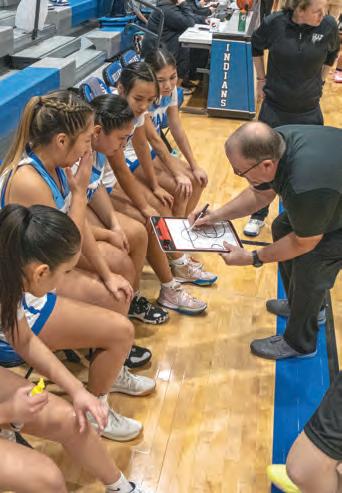
Above right, Assistant Coach Todd Alberts talks through plays. Below, Tressa Bigbear pushes the ball down the court while teammates, from left to right, Charlize Frenchman, Caly Wolfleader and Lakaylah Kearnes sprint to set up their offense of rapid passing and open shots.
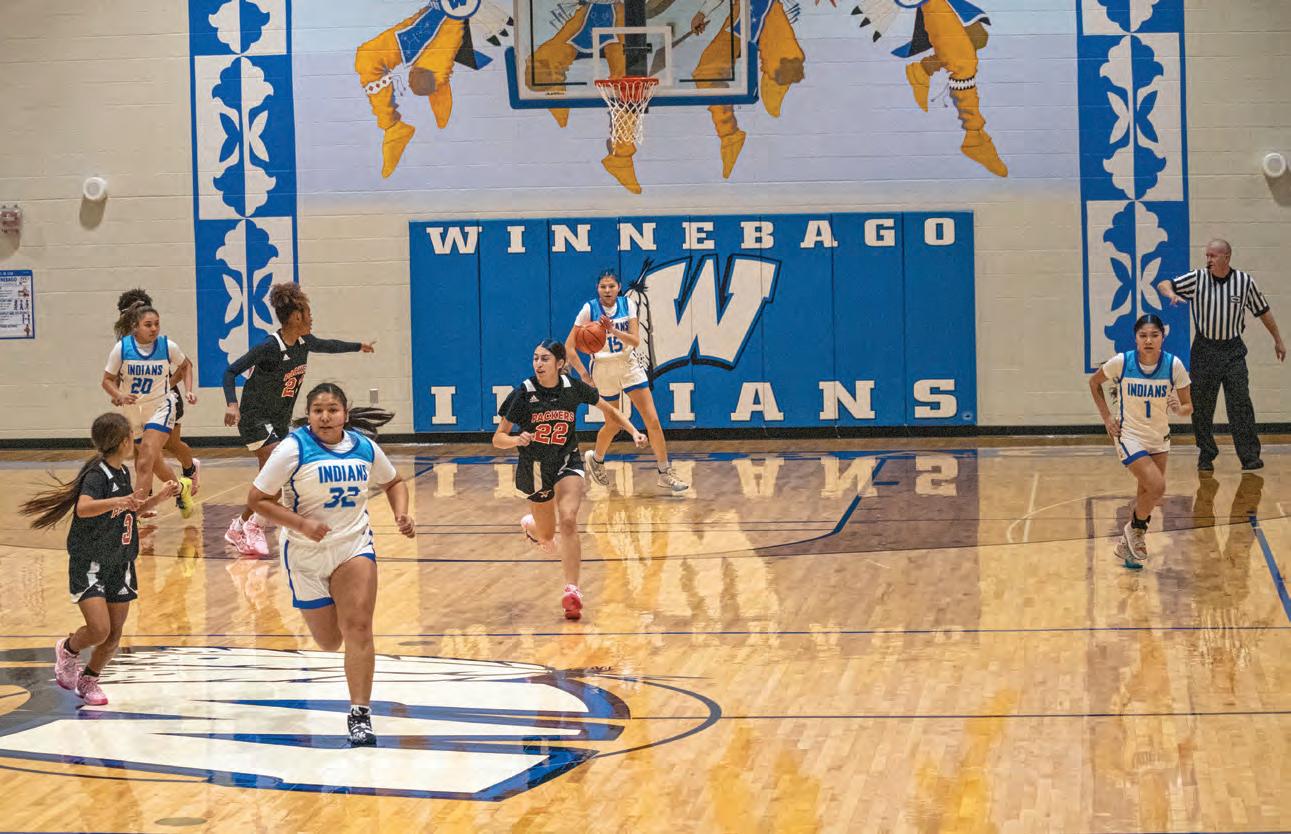

“I was in tears. I was crying. I was so overwhelmed with happiness and joy for them,” Trina said.
Seeing the team’s win was special “not just for our daughter, but for all the girls on the team,” Trina said. “How many times does something like this happen for the girls?”
The team finished fourth place in the state tournament and returned home with heads high.
boys and girls line up on the sideline of the high school’s basketball court, practicing dribbling with each hand. The rhythmic sound reverberates through the gym.
The Indians’ trip to the state tournament sparked even more interest in girls basketball, said Gregory Bass, director of the Boys & Girls Club of the Hocak Nisoc Naci at Winnebago. The Boys & Girls Club hosts an annual summer basketball camp, typically drawing more than 300 boys and girls from elementary to high school.
The 2022 camp featured former Winnebago High School stars: Natasha Deal, who helped lead the girls team to state and now plays at Peru State College, and David Wingett, who went on to play NCAA Division I basketball at the University of Memphis and South Dakota State University before transferring to Peru State for the 2022-23 season.



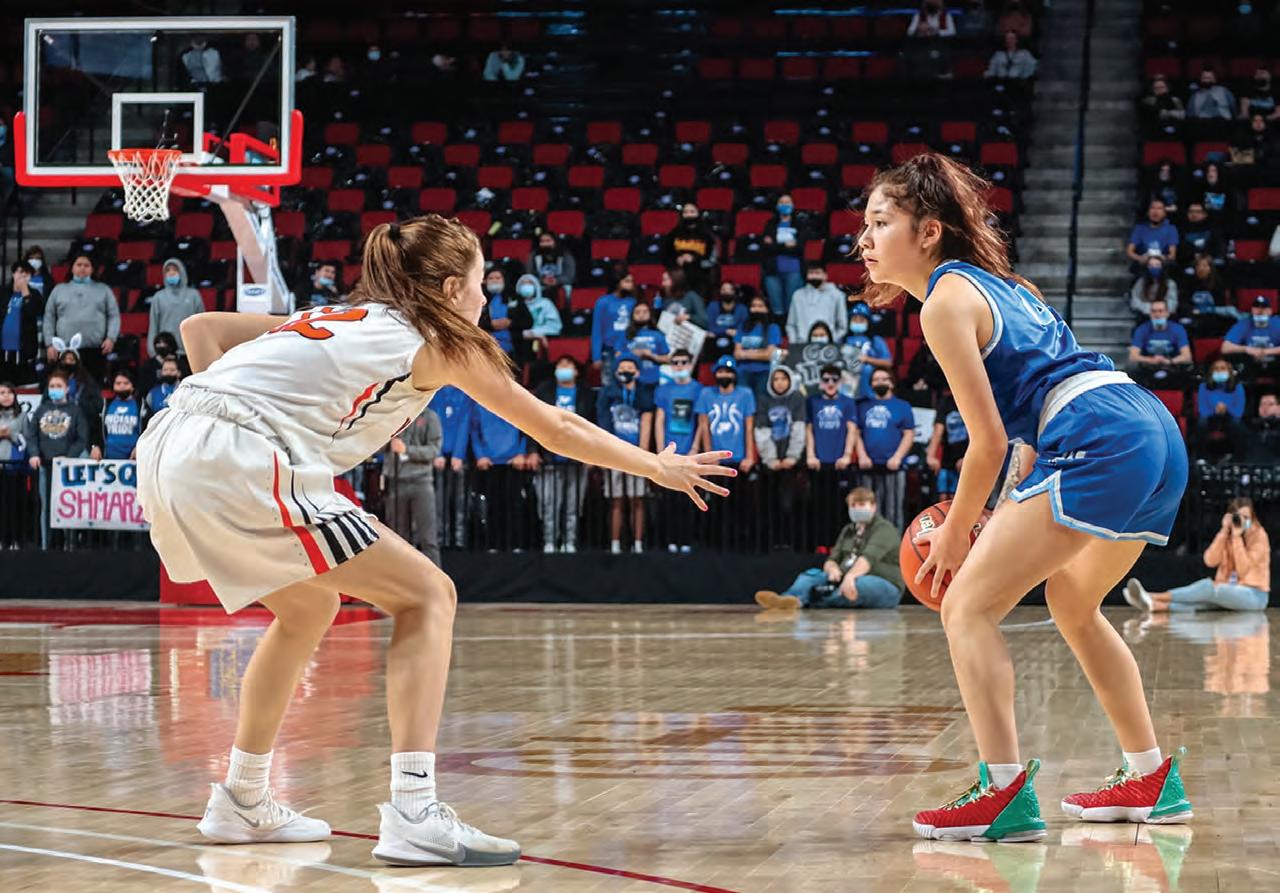
“We’re a Basketball town. Winnebago loves its basketball,” Bass said, watching campers practice dribbling and shooting drills.
Deal, who scored more than 1,000 points during her high school career, worked with the girls attending the camp, including the grade school players.
While Native American players, such as Ryneldi Becenti, Tahnee Robinson, Angel Goodrich and Shoni Schimmel have enjoyed success in the Women’s National Basketball Association, Winnebago players needn’t look beyond their sideline for a role model. Marquel Harlan, who owned the Indians’ school record for most threepoint baskets in a game with eight, played college basketball at Briar Cliff University in Sioux City, Iowa.
Before transferring there, she started her college career at Midland University in Fremont. She serves as a community
liaison for Winnebago High School and, after serving as an assistant coach for three years, took over as head coach for the 2022-2023 season.
As Harlan and the Indians build a program that can annually challenge for state tournament bids, players, fans and the community can look back at the 2020-21 state tournament team as the first brick in the foundation of Winnebago’s rez ball story. With the help of leaders like team captain and now senior Lakaylah, Harlan wants to play to rez ball’s strengths this year – with lots of fast breaks, quick passes and open shots.
Harlan understands what it takes to guide the team. Growing up on a reservation, especially in the poorest county in Nebraska, has challenges beyond the basketball court.
“There’s a lot more that goes into playing the game than just putting the ball in
the basket,” Harlan said. “School studies. Home life. All that goes together. You need parents to help support them.”
Lakaylah finds that support with her parents at home. As lunch is winding down, the conversation once again turns to basketball. Lakaylah dreams of playing at the University of Nebraska-Lincoln and has worked hard on her goal.
During the off-season, she played for the Northeast Nebraska Bullets, an Amateur Athletic Union basketball team based in Pender, in weekly tournaments, from Omaha to Denver to Phoenix, facing some of the best high school players in the United States. She knows being the best takes commitment.
Lunch and chores complete, Lakaylah trades in the family’s laundry basket for a trip to the court. Shot by shot, she aims to build on her team’s success and abovethe-rim aspirations.
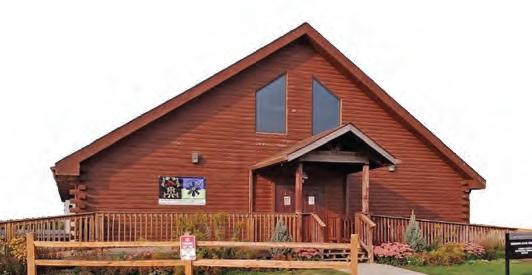


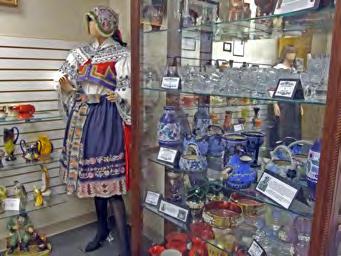
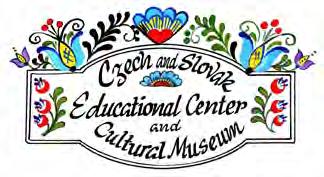
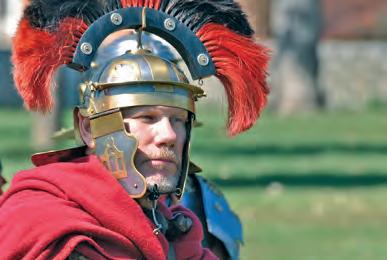


Explore ancient Rome, the Near East and much more. Special Bible exhibit shares the story of scripture from scroll to modern translations.
View rare artifacts from the ancient civilizations of Mesopotamia and Roman Empire! Young and old can experience the museum’s Little Kingdom interactive area. Uncover objects in an archaeological dig, “live” in an ancient house and “shop” a Roman market. Admission is FREE with donations always accepted.
ADMISSION IS FREE Open Tues-Fri, 1 - 5 p.m. Call for group tours. claytonmuseumofancienthistory.org
Open Tues-Fri, 10 am-5 pm • Sat 1-4 pm claytonmuseumofancienthistory.org
402-363-5748 1125 E 8th St • York, NE o
402-363-5748 • 1125 E 8th St • York
Paid for in part by a grant from the York County Visitors Bureau
Lower level of the Mackey Center on the York College campus


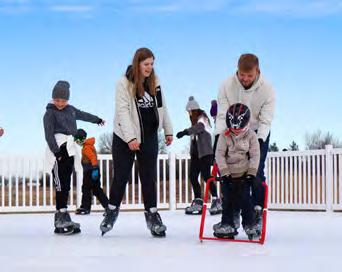
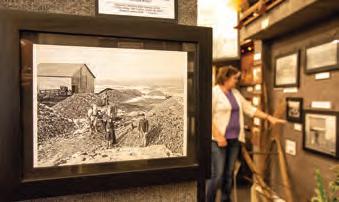





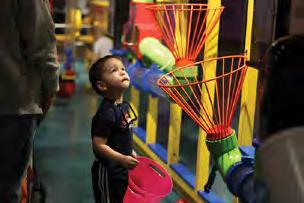











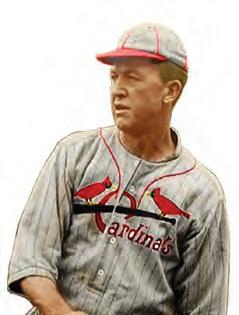


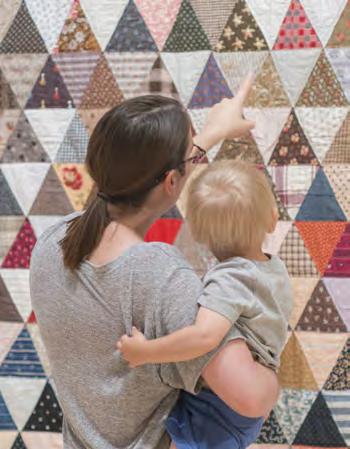




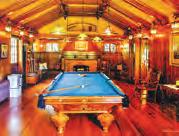


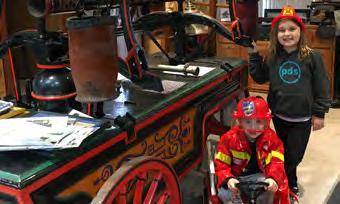
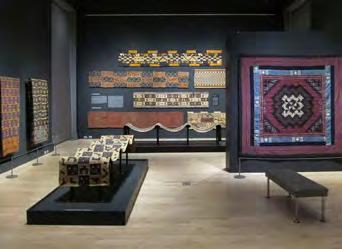


The U.S. military didn’t plan to use dogs in World War II, but dog trainers convinced officials that dogs could help
provide value to the war effort abroad. Different branches, like the Coast Guard, trained
by MEGAN FEENEY
BARKING ECHOED OFF the rugged buttes surrounding Fort Robinson. Feeding time was particularly raucous as the 1,300 war dogs in training anticipated their daily ration: eight ounces of cooked horse meat, 12 ounces of raw horse meat, eight ounces of cornmeal, and eight ounces of commercial dog food. In a feat of military efficiency, trainees served all the dogs within 15 minutes. Doubtless, the animals didn’t take that long to devour it.
It was October 1944, and World War II still raged. Americans had a new weapon in their arsenal. The military hadn’t initially planned on using dogs when the United States entered the war in December 1941. However, renowned trainers
and breeders persuaded military officials that dogs could provide value to the war effort and help protect the nation’s borders from attack.
The secretary of war authorized the acceptance of donated dogs in February 1942, and in October 1942, after months of preparation to ready its facilities, Fort Robinson’s K-9 Corps training center was activated. Other Quartermaster Corps in Virginia, Mississippi, Montana and California also established dog training centers, but Fort Robinson became the nation’s leading military dog training center within two years.
By 1944, more than 3,500 dogs had already been deployed as sentry, guard, silent scout, pack, detection and messenger
dogs throughout the U.S., Europe, Africa and the China-India-Burma Theater. These animals hadn’t been bred for use in war – they were beloved pets donated by patriotic Nebraskans and families around the country. To qualify for service, dogs had to be between 1 and 5 years old, weigh at least 50 pounds and stand at least 20 inches at the shoulder. Dogs that met the initial qualifications were shipped to training facilities for further inspection. Army remount depots, like Fort Robinson, were chosen as the training centers for the K-9 program because of those facilities’ experience managing animals. Fort Robinson also had the land to build kennels for more than 1,800 dogs, the rugged terrain to exercise and train them, easy access to


transportation with two major railroad lines in Crawford and an ample supply of horses and mules to slaughter for food.
After receiving immunizations and spending time in quarantine, dogs underwent a rigorous six-week training program to prepare for deployment. If a dog escaped, one of the remount’s expert ropers would chase it down on horseback and lasso it like a wayward calf.
Human trainees came to Fort Robinson from different service units, including the Marines and the Coast Guard, before deploying with their assigned dogs. Sailors in northwest Nebraska made for an unusual sight for locals. But their presence also provided comfort, knowing that those Coast Guard members would soon be protecting America’s borders with their canine partners.
Silent scout dogs proved particularly effective at saving lives in the jungle warfare of the Pacific Theater by alerting troops to hidden enemies. So in 1944, experienced
More than half of the dogs enlisted in the war trained at Fort Robinson. The pets were scout, messenger, pack and attack dogs. Most later reunited with their families.
sergeants who’d engaged in combat abroad came to Fort Robertson and applied their experience to a new-and-improved 12week canine training program.
By the war’s end in 1945, more than half of the dogs trained for World War II had received their training at Fort Robinson, 5,000 dogs in all. After Japan’s surrender in August of that year, the military demobilized the dogs, sending them back to Fort Robinson. There, trainers worked to recondition the canines to civilian life.
Most dogs successfully returned to their families. Suitable owners were found for others, including the dogs’ wartime handlers. Welcomed home as heroes, the dogs took it in stride, settling into the simple comforts of a warm hearth and a happy home among people who loved them as much as they loved their country.
Visitors to Fort Robinson can see a marker near where the training facilities once stood. To learn more about the K-9 Corps and Fort Robinson, pick up Fort Robinson and the American Century 1900-1948
by
Thomas R. Buecker,
published by University of Oklahoma Press, 2004.

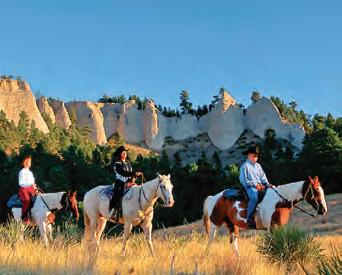

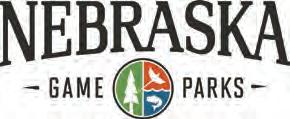
by MEGAN FEENEY
FROST COVERS THE panes and fires crackle in the hearths. Book lovers across the state rejoice – the prime time for cozying up with a good Nebraska book is here! From a spooky young adult thriller to a collection of nonfiction Sandhills stories, from an Omaha history told through postcards to the whimsical poems of Nebraska’s beloved bard Ted Kooser, every reader is sure to find something to enjoy.
Naturalist pens love letter to the Sandhills
Even diehard Sandhills devotees would likely balk at tent camping in those windswept environs during the winter months. Fortunately, naturalist Stephen R. Jones’ book Nourishing Waters Comforting Sky: Thirty-Five Years at a Sandhills Oasis provides lushly drawn first-person essays of that experience so readers may live vicariously through his frigid encounters with owls, trumpeter swans, chickadees, rabbits and turkeys.
On one winter excursion, under the light of a full moon, Jones pitches a tent at a place he refers to as “Pine Lake,” somewhere near Crescent Lake National Wildlife Refuge. As he drifts to sleep, he imagines “the last withered chokecherries dropping to the ground, winter herds of white-tailed deer circling in the moonlight, and pocket gophers retreating deep into their burrows to nibble quietly on grass roots … .”
His observations of the Sandhills during the day and throughout the other seasons are as vivid as his nocturnal winter musings. In the book’s 18 essays,
Jones reflects on wildlife, botany, climate, ranching heritage and Native history and culture. It’s a feast for the senses. Ice yaws and wrens duel in song; grasses seem to hiss in the wind. Cranes dance in shallow waters and crossbills probe pines. Jones eats a stew of gathered arrowhead roots, cattail tubers and Rocky Mountain bee plant leaves with sand cherries and chokecherries for dessert.
The writer has found spiritual sustenance for nearly four decades in his annual weeks-long camping trips to the Sandhills. An injury he sustained as a youth resulted in a chronic disability that forced him to slow down and still himself in a way that allowed him to witness the natural world with his entire presence.
When he visited the Sandhills for the first time, “I rediscovered a kinship with the earth that awakened feelings of warmth and belonging,” he wrote. “I felt like I’d returned to a long-lost home.” Readers of this engaging collection will likely feel the same.
Nourishing Waters, Comforting Sky Thirty-Five Years at a Sandhills Oasis by Stephen R. Jones
Bison Books
156 pp, paperback, $20

Historical postcards inspire writer’s investigations
Monarch was a big boy – and, too often, a bad boy. One of the most enormous bison grown in captivity at the beginning of the 20th century, Monarch enjoyed an illustrious career in his owner William “Buffalo Bill” Cody’s Wild West show. That is,
until the bison started escaping, destroying things, and generally scaring the pants off people.
Cody sold Monarch to the City of Omaha, which put the bison in a fledgling zoo at Riverview Park. There, Monarch continued to exhibit dangerously aggressive behavior. So, on Dec. 12, 1906, a group of 17 Omaha men gathered for Monarch’s execution. The newly elected mayor of Omaha put Monarch down with a rifle from 30 feet. Afterward, the group posed for a photograph later made into a postcard.
Each of late Omaha columnist Bob Marks’ stories of Omaha’s past begins with a historic postcard. During Marks’ life, he collected and cataloged more than 5,000 historical postcards and researched the stories behind them. The collection includes tales of fraud and murder, fires and medical malfeasance. But it also celebrates the contributions of notable Nebraskans, from President Gerald R. Ford to Andrew Jackson Higgins, who invented the amphibious craft used on D-Day, and the Baysdorfer brothers, who built the first horseless carriage in Omaha and contributed to early powered flight efforts.
Marks also breathes life into Nebraska landmarks, like Central High School, The King Fong Cafe, the Douglas County District Courthouse, the Joslyn Art Museum, Woodmen of the World tower and others. Each section provides a satisfying 10-minute reading journey into Omaha’s fascinating history.
Omaha History Detective Mysteries, Myths & Memories from Our Last 220 Years
by Bob Marks
Walsworth Publishing Co. 232 pp, paperback, $25
Mazie
A girl from Fairbury dreams of Broadway
Seventeen-year-old Mazie Butterfield cruises from car to car, delivering orders at a malt shop in her hometown of Fairbury in 1959. Her favorite part of the
shift is when she and the other servers perform a musical number, followed by her solo performance. A senior in high school, Mazie is saving up to leave her tiny town for the bright lights of Broadway in New York City. The choice doesn’t come without sadness or sacrifice. Despite being restless, Mazie loves Fairbury, a town author Melanie Crowder paints with loving detail as she describes its salt-of-the-earth farmers, beautiful glowing fields and its residents’ idyllic childhood adventures.
Losing her grandmother compels Mazie to choose her dreams sooner than anticipated, as she inherits enough money to live in New York for six weeks. In the city, she lives in a boarding house and navigates the heartache and hope of the audition process.
Along the way, she’s asked to change how she looks and talks – even her name comes under scrutiny. Landing an understudy role in a touring industrial production to sell farm equipment, Mazie finds herself back in the Midwest, questioning what she’s willing to sacrifice to achieve her dreams.
This heartfelt heroine torn between Nebraska and New York is sure to win over the young theater lovers in your life.
Mazie
by Melanie Crowder
Viking Books for Young Readers
352 pp, hardcover, $19
A Nebraska blizzard traps guests in a killer hotel
Stuffed into a minivan with their teacher, a gang of Nebraska high school thespians travels rural highways on their way to a state drama competition in Lincoln. An unexpected snowstorm slams the travelers. Faced with white-out conditions, the group seeks shelter at a rundown hotel with labyrinthine hallways and creepy relics.
Another group of kids headed to a state robotics competition also arrives to escape the blizzard, as do a few stray adult guests. The two groups of teenagers try to make


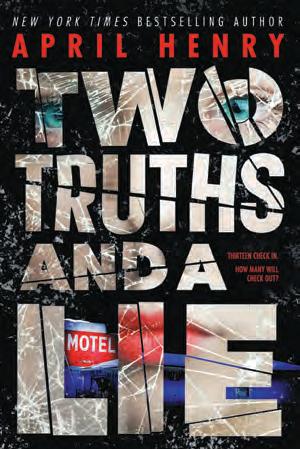
the best of the snowy situation by throwing a casual gathering in the common room, where they share snacks and play the game “two truths and a lie,” writing down their two truths and one lie on slips of paper and trying to solve who wrote what and what’s real and what’s fake. But the game turns horrifying when they discover a disturbing note among the others:
“I like to watch people die. I’ve lost count of how many people I’ve killed.”
Digging in, the kids discover the motel was the scene of a brutal unsolved murder two decades prior. There may be ghosts –or a real-live killer still afoot. And as the snow blows harder outside, the electricity, cell phone signal and phone lines go out. When people start to go missing, everyone becomes a suspect. The Nebraska teenagers must solve who’s putting on the performance of their life by playing innocent. With no one getting out and no help on the way, there’s no time to lose.
Two Truths and a Lie by April Henry Christy Ottaviano Books 288 pp, hardcover, $18
Omaha novelist releases her first short story collection
In the experimental story “In Waiting,” one of nine stories in her debut short story collection, Scattered Showers, Rainbow Rowell paints how characters knock around in her mind before making it onto the page. As one developing male character makes small talk with a developing female character, he gets excited when he realizes they’re both from Nebraska.
“That’s nothing,” she said. “We’re all from Nebraska. It’s like how Stephen King’s characters are all from Maine.”
Lifelong Omahan Rowell is one of Nebraska’s most widely read contemporary authors. Many of her books have spent significant time on national bestseller lists. Scattered Showers revisits characters from previous novels and introduces new stories, often exploring love or friendship.
The stories offer quick-witted characters and fast-paced dialogue featuring
pairs – teenage friends who realize they’re in love, neighbors who reveal new ways of thinking to each other, and middle-aged women who are sorting out the complexities of aging. The takeaway from these stories is that people yearn to belong to one another, and Nebraska is an excellent place to call home.
Scattered Showers: Stories by Rainbow Rowell
Wednesday Books
288 pp, hardcover, $25
Beloved Nebraska poet pens playful collection
Well before dawn, poet Ted Kooser rose from bed at his home on a Seward County acreage and got to work. Equipped with coffee, pen and notebook, he wrote whatever words or images drifted into his mind. The resulting collection of poems reflects the richness of his widely cast imagination.
True to Kooser’s style, the poems in Cotton Candy are approachable and conversational, with the occasional wink to the reader. With warmth and a deep grounding in the present moment, the poems express gratitude for small natural gifts, marvel at the profundity of changing weather or seasons and observe decisive moments.
Kooser approaches otherwise average animal encounters with an inventive bent. In “Toad,” the amphibian, “a leather bag of dimes,” hops across the road as if it’s a token on a board game on offer “in exchange for something of value hidden in weeds in the opposite ditch.” In “Spider,” Kooser plays with an arachnid in search of shade under the shadow of his shoe. He waggles his foot around, and the eightlegged friend follows.
He delights in similar impish fun when meditating on inanimate objects – clouds, leaves, even a rusty culvert. In “Culvert,” he leads a visitor to watch how the water runs through it and to listen to the “music” it makes.
“Now that I’ve brought you this far, / our shoes soaked by the wet grass, / and have stooped down to show you / this
place where the water plays / for itself a light tune in the darkness, / you’ll be able to hear it forever.”
After digesting Cotton Candy, Nebraska readers may discover they, too, approach ordinary things with the sweetness of extraordinary wonder.
Cotton Candy: Poems Dipped Out of the Air by Ted Kooser University of Nebraska Press 96 pp, paperback, $18




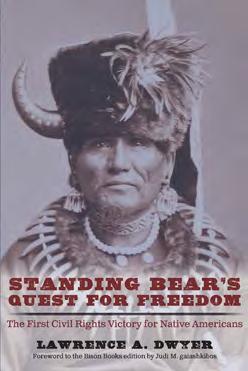


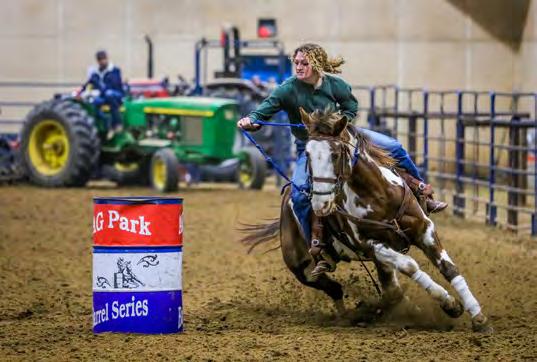

by MASON LEE
SEPTEMBER-APRIL • OMAHA, LINCOLN AND KEARNEY
A 17-year-old Swede passes the puck to an 18-year-old Canadian at Liberty First Credit Union Arena in Ralston. The Canadian finesses the puck through the Czech goalie’s defense. The crowd erupts, and Omaha Lancers play-by-play broadcaster Nick Blaesser can barely contain himself.
Young men ages 16-20 arrive wide-eyed from all over the world with dreams of glory in the United States Hockey League, a premier junior amateur hockey league sanctioned by USA Hockey. Some find themselves playing in Nebraska. “If you are good, we will find you,” Blaesser said.
U.S. Hockey League has 16 teams in 10 Midwestern states from Nebraska to Ohio. Teams are allowed a total of six players from outside the U.S., two of whom must be from North America. Nebraska has three U.S. Hockey League teams: the Omaha Lancers, Lincoln Stars and TriCity Storm. Rivalry at this elite hockey
level happens in Nebraska. All three Nebraska teams placed in the top half of the eight-team Western Conference in the 2021-22 season.
Most players who join the U.S. Hockey League go on to play college hockey. The National Hockey League – the premier professional hockey league in the world –occasionally drafts players too.
In contrast to pro and college hockey, fans of the USHL can expect to see a few “friendly disagreements” break out among players on the ice, Braessler said. Rivalries build over four years of play, and older players remember the history. Four years of eligibility may seem short, but it is more than enough time to leave impressions that last a lifetime – and a forever love of Nebraska on ice.
The 2022-23 schedules and more information are online at lancers.com, lincolnstars.com and stormhockey.com.
Premier players make nice moves on Nebraska ice, making for exciting family fun this winter.
Pat and Maria Sanchez serve handmade “puffy” tacos at this local Mexican favorite. Their burritos are served with signature gravy and offer a unique combination not found elsewhere.
7630 Burlington St., Ralston (402) 592-3623
Gothic revival architecture and ghost stories await in this 17-room mansion built in 1894. Spacious Victorian common areas are available to all guests. 140 N 39th St., Omaha (402) 370-9211
Improv and sketch comedy players keep the laughs coming at this downtown hotspot. Local and national standup talent also takes the stage to bust a rib – but in a different way than a hockey player would. 1618 Harney St., Omaha (402) 720-7670
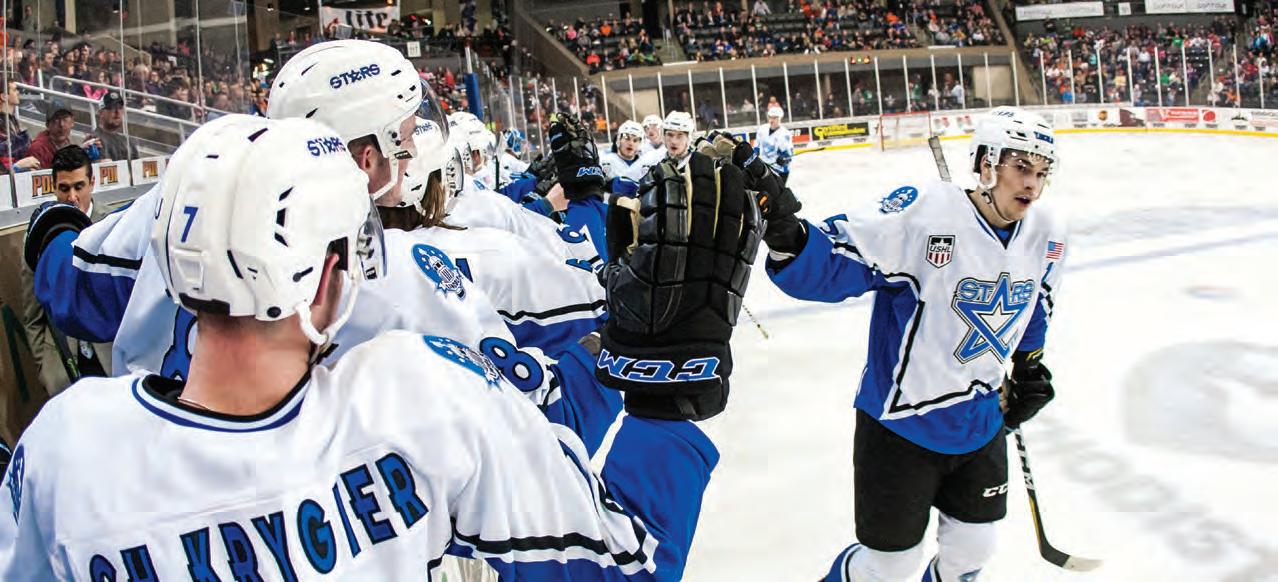

FEB. 24-25 • GRAND ISLAND
Hang onto your hats, all you Central Nebraska cowgirls and cowboys and rodeo fans. Prepare for South Point, Book Club and SpongeBob. Ok, so the names may not be intimidating, but a ride on one of these bucking broncos is both exhilarating and dangerous. South Point has the honor of being one of the top three bucking horses in the world and will be one of the horses at Rodeo Grand Island in February.
Sutton Rodeo puts on many rodeo events, but “fans look forward to Grand Island,” said Steve Sutton, a fourth-generation rancher and rodeo co-owner. The event draws high-caliber talent, including professional cowboys ranked in the top 15 in the world. A total purse of $80,000 awaits the winners. For competitors hoping to make their way to the National Finals Rodeo, the gathering is a vital opportunity to score victories.
Unlike the horses, the bulls’ names do not disguise their hazards. Only the bravest dare to ride bulls like Switchblade, Mad Max and Shot in the Dark. At a recent rodeo, these bulls bucked all 21 riders before they could reach the magic number of eight seconds needed to score points. Fortunately, Rodeo Grand Island boasts some of the best cowboys in the sport to match these bodacious bovines. In the ex-
treme bulls competition, 40 will test their mettle and steer clear of the horns.
Other rodeo events on display include calf roping, steer wrestling, team roping, and single steer roping. suttonrodeo.com/ rodeo-grand-island
Chef Besim Shala learned his trade in Europe before settling in Nebraska and starting his own restaurant. Authentic Italian food is his specialty.
333 Ramada Road, Suite B, Grand Island (308) 624-2866
Close to everything you want to see and do, including a large selection of restaurants within walking distance.
859 Allen Drive, Grand Island (308) 381-7000
Grab a “plain great” beer or freshly made pizza. They offer pretzel bites and beer cheese, too.
111 E South Front St., Grand Island (308) 850-5375
Superhero and story events,musical performances and makers meetups all entertain this winter.
Winter Fun Weekends
January • Nebraska City
The Morton family began building a 52-room mansion in 1855, weathering many Nebraska winters there. This winter, the mansion displays seasonal antique items such as ice skates, snowshoes and sleds detailing the history of these favorite winter pastimes at Arbor Lodge’s Winter Fun Weekends. Nearby, Tree Adventure offers opportunities to unlock snowflake secrets. arbordayfarm.org
Jan. 13-15 • Grand Island
Reminiscent of Budweiser Clydesdales, majestic teams of horses pull heavy freight wagons in step in this unique equestrian competition, Thunder on the Prairie Draft Horse Show. Top hitch horse teams come to Grand Island for a beating of hooves heard around the prairie. visitgrandisland.com
Jan. 20 and 22 • Lincoln
Sweet notes from a flute, harp and cello denote a special season of unique chamber music for the 25th anniversary season of Nebraska Chamber Players. Performed without a large concert stage, chamber music aims for a more intimate, informal experience that puts audiences right next to the music. A chance to mingle with professional musicians after the performances provides a lovely conclusion to an original music experience. nebraskachamberplayers.org

Watching bald and golden eagles lifts spirits at Kingsley Eagle Viewing Facility.
Bald eagles and golden eagles soar over Lake McConaughy near Ogallala as guests at the Central Nebraska Public Power and Irrigation District’s Kingsley Eagle Viewing Facility watch spellbound.
The clever birds of prey have learned that one of the best spots for catching fish is right next to Kingsley Dam. The dam separates the larger Lake McConaughy from the smaller Lake Ogallala on the spillway side of the dam. This confluence provides the perfect environment to catch a glimpse of an eagle on the hunt in winter.
Bald eagles have come a long way since the state’s first modern report of a breeding pair in 1973. In 2013 numbers had re-

covered so well that the Nebraska Games and Parks Commission decided to stop midwinter eagle surveys. In 2017 surveys were stopped altogether.
“The recovery was remarkable,” said Joel Jorgensen, manager of the Nebraska Game and Parks Commission Nongame Bird Program. He now estimates about 2,000 bald eagles winter in Nebraska every year.
The less well-known but equally majestic golden eagle now receives the most conservation efforts. Their numbers vary throughout the year as some birds migrate and others make a more permanent dwelling in Nebraska. “They need to be flexible to be able to survive,” Jorgensen said.


Eagles stick close to large bodies of water that stay unfrozen. Turbulence beside the dam makes easy meals by stunning fish and keeping the water’s surface ice-free. Bring your binoculars for the
show at Kingsley Eagle Viewing Facility, open 8 a.m.-2 p.m. Saturday and Sunday from early January through late February. Check the schedule at cnppid.com/eagles or call (308) 284-2332.

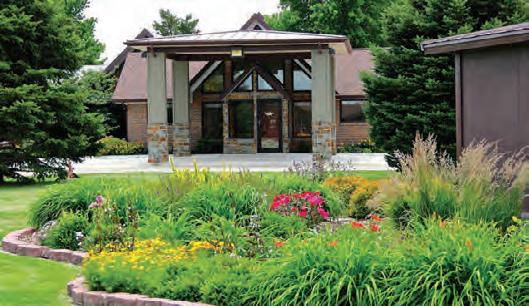


Inspired by the cattle drives that once cut through the open prairie, Open Range serves burgers made with 100 percent all-natural range-raised Belmar Ranch beef. 1108 North Spruce St., Ogallala (308) 284-0899
Cozy up in your own log cabin with breathtaking views of Lake McConaughy. Located 10 minutes from downtown. 1510 Highway 61 N, Ogallala (308) 284-2775
Experience the good old days in this replica Old West town, complete with saloons, cattle drives and music. History abounds at the free Cowboy Museum. 519 East 1st St., Ogallala (308) 284-6000
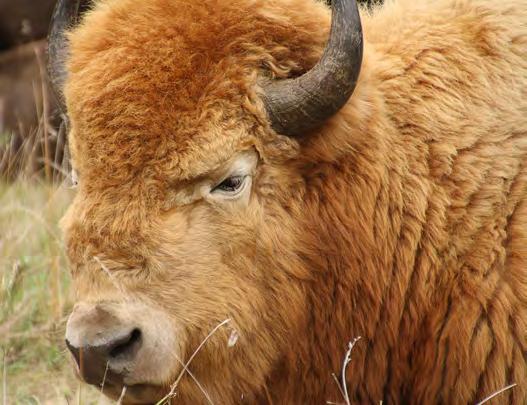

Women’s Expo
Jan. 21-22 • Lincoln
Shop, relax and enjoy time with friends at the Lincoln Women’s Expo, Nebraska’s largest women’s event. Booths aim to educate about health and wellness while businesses peddle wares for this day of exploring and fun. lincolnwomensexpo.com
Fat Bike Race
Jan. 28 • Lincoln
Dashing through the snow in twowheeled bicycles, competitors set off solo or in teams of three as they race through the winding trails of Pioneers Park in the Fat Bike Frozen Ididaride. Come rain or snow, these bikers set off with extra-large tires to navigate the natural landscape for 20 kilometers in a race organized by Cycle Works and The Moose’s Tooth. cycleworksusa.com or (402) 475-2453
Avoca Duck Races
Jan. 28 • Avoca
According to legend, the Avoca Quack Off began with a bet in a local bar over whose
duck was faster. Now in its 42nd year, thousands will gather to race ducks in a town of 246. Those without ducks may rent one and enter the competition for a small fee. All proceeds benefit the local fire department. (402) 813-8939
Superhero Exhibit
Jan. 28-Apr. 16 • Omaha
Every hero has a beginning. Flashy gadgets and masks illustrate the history of America’s fascination with superheroes and the events that create them at The Durham Museum’s Hall of Heroes. Lifesize statues and a full-scale Batcave and Batmobile recreation make for a great photo op. durhammuseum.org
Toy Show
Feb. 4 • Kearney
Big kids can let their little kid hearts win the day at the Kearney Toy Show at Buffalo County Fairgrounds featuring farm
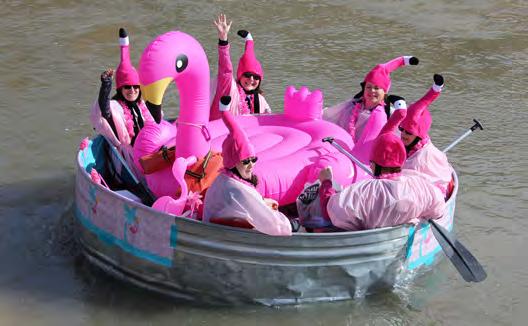

toys, pedal tractors, Hot Wheels, antiques and collectibles, sports cards and so much more. Vroom, vroom. (308) 708-3067
Storytelling Festival
Feb. 7-11 • Kearney
Storytellers have enthralled public audiences at the Kearney Area Storytelling Festival for more than 30 years. Professionals in the art of spoken word dazzle the imaginations of school children and bring memories back to older folks while entertaining everyone in between. Kearney keeps the art form alive. kearneystorytellingfestival.org
Community Bull Festival
Feb. 11 • Valentine
Cows come home to Valentine from all over the region for eight classes of competition in livestock judging at the Heart City Bull Bash. People will have their chance to compete in the Running with the Bulls 5K in the morning, an event open to all ages and abilities, and
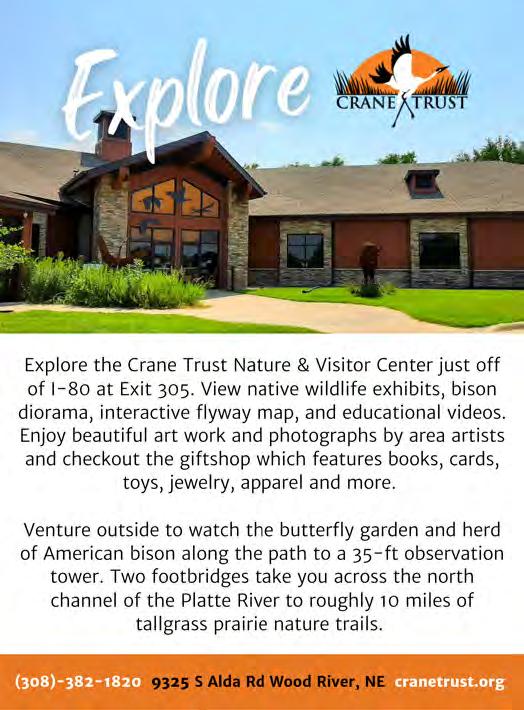
the People’s Choice Quilt Show. The afternoon brings wine tasting for adults and a dummy roping contest for the kids. bullbash.net
Bird Feeder Workshop
Feb. 11 • Omaha
I think I can, I think I can … make a bird feeder from a recycled can. It may not feel like it, but spring is around the corner, and our feathered friends will be hungry after scraping together seed all winter. Join this Lauritzen Gardens workshop to make a colorful feeder embellished with ribbons, paint and beads. lauritzengardens.org
High School Basketball
Island. This event is sure to be an exciting experience for the entire family. heartlandhoopsclassic.com
Cattlemen’s Classic
Feb. 18-26 • Kearney
Cattlemen of all ages gather for the winter edition of the three-time-a-year “NCC - The Classic” (formerly, Nebraska Cattlemen’s Classic), which features bull sales, judging contests, cattle shows and sales and commercial heifer pen sales, a junior show and scholarship opportunities. (308) 236-1201
Feb. 23-26 • Omaha
Feb. 11-12 • Grand Island Dribble, pass, shoot. Squeaky sneakers sing. The swish of the ball through the net sets the crowd on fire. Some of Nebraska’s best high school basketball players go toe-to-toe with players from across the Midwest at the Heartland Hoops Classic at the Heartland Events Center in Grand Questions on p 18-19

The CHI Health Center becomes the place to check out boats before the ice thaws. Anglers and water skiers alike may find the right vessel to fulfill their dreams at the Omaha International Boat Sports and Travel Show. The newest technologies and big kid toys are on display. Cue up some yacht rock. I’m on a boat! omahaboatsportsandtravelshow.com

Get refreshed and refueled in Sidney/Cheyenne County, Nebraska. We offer every comfort a road-tripper needs right off Interstate 80, including restaurants, hotels, gas stations, convenience stores and more. Escape the long stretch of road with us.



VisitSidneyNE.com Travel with you in mind

Trivia Photographs
Page 18 Paul Williams accepts a 2014 Grammy for Album of the Year.
Page 18 Bruce Dern and Alexander Payne on the set of Nebraska.
Page 19 Actress Gabrielle Union visits the sidelines before a Huskers game.
Page 19 Swoosie Kurtz in True Stories.

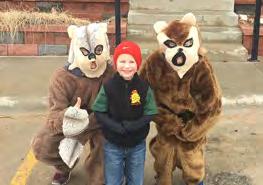
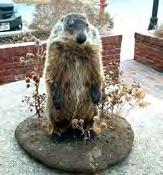
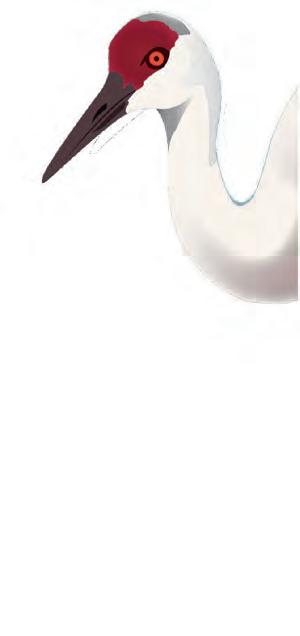






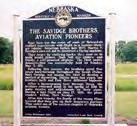
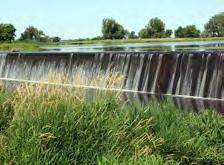




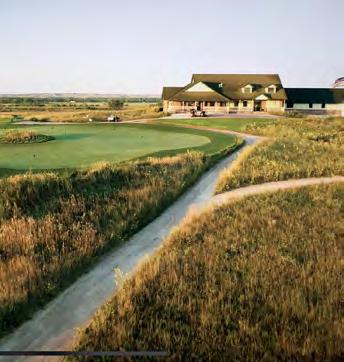

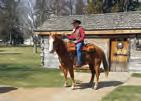
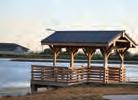

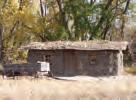



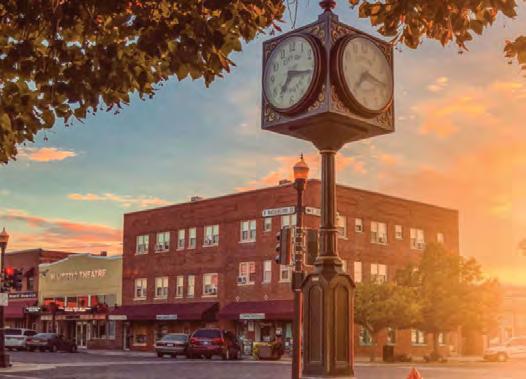

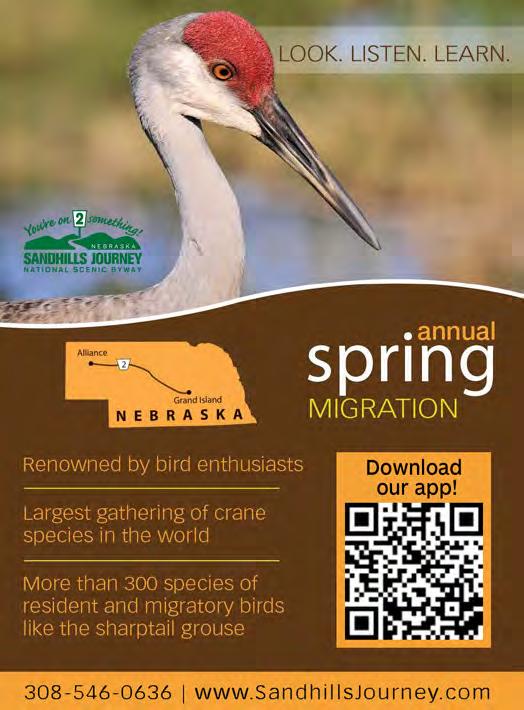
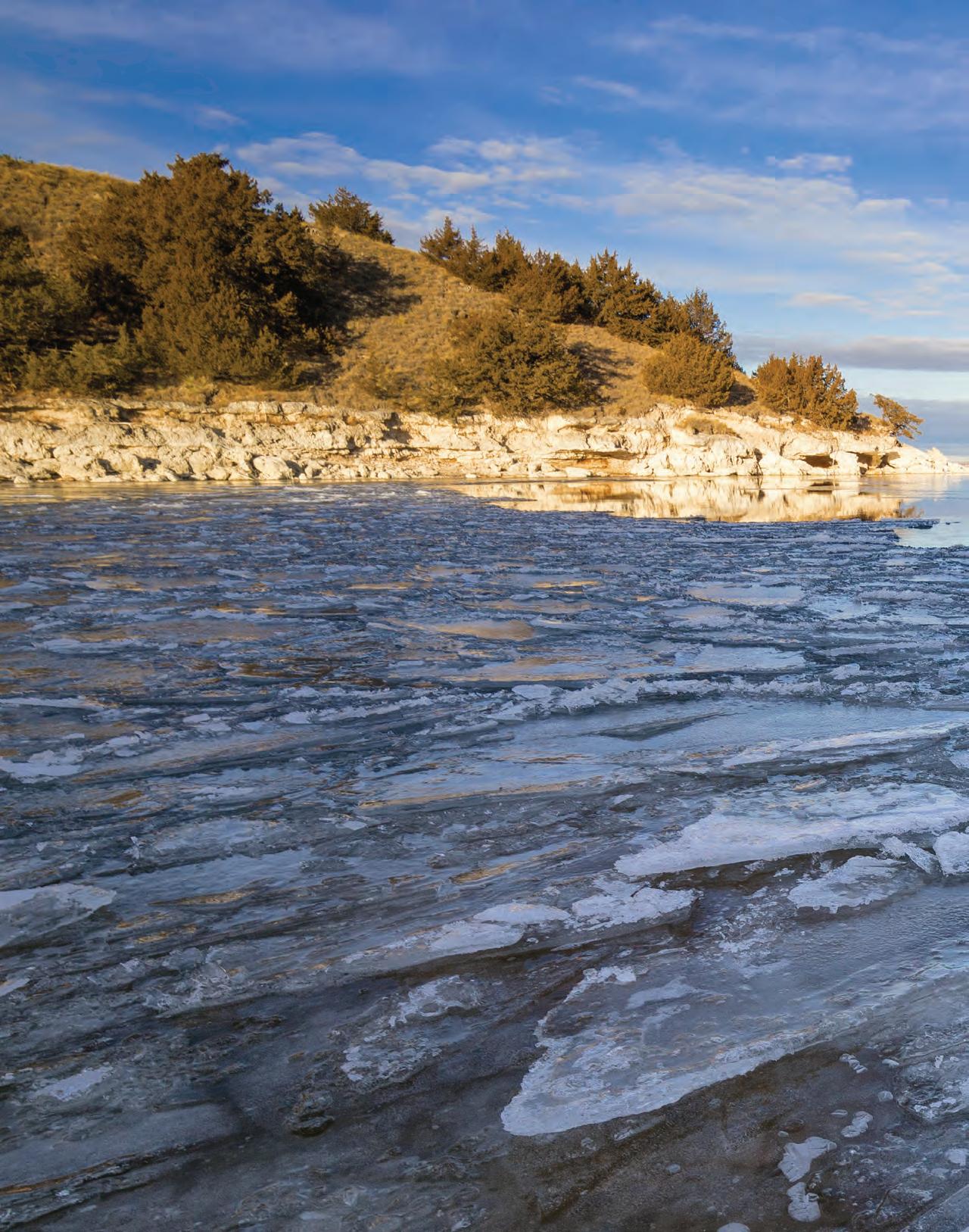
Omaha-area photographer yearns for snow days

The days may be short and cold, but winter provides a new view, like the ice shards coating Lake McConaughy.

FOR SOME NEBRASKANS, winter can feel like a lifeless, dreary season, but for Omahaarea photographer Derrald FarnsworthLivingston it’s a magical time. Winter has a unique quality because it has the potential to transform the landscape utterly. “When you have snow, you have a kind of renewal,” Farnsworth-Livingston said. “It’s all crisp and clear.”
If there’s no snow, there’s at least most certainly ice. After checking conditions to ensure it’s safe, Farnsworth-Livingston likes to walk onto frozen lakes and look for bubble designs on the glasslike surface. These pockets of air trapped below the ice make photos that resemble abstract charcoal drawings. He rarely ventures too far
onto the lake, but it doesn’t prevent kindhearted fellow Nebraskans from voicing their concern for him.
One morning on Shadow Lake in Papillion, Farnsworth-Livingston was shooting on the ice in a place where he knew the water was only ankle-deep. But when a pair of joggers came by, they urged him to get off the ice, or he’d fall through and drown. “I told them I’d get wet if I fell through the ice. It will be freezing. It won’t be great. But I’m not going to die,” he laughed. He is thrilled it’s supposed to be a snowy winter in Nebraska and estimates he’s as excited as any kid to wake up to the white stuff.
Farnsworth-Livingston believes in mastering knowledge of the land he’s shooting. That means returning to beloved
Nebraska places in different seasons, including winter.
Toadstool Geologic Park, north of Crawford, is one of his favorite places to shoot landscapes, but it took him several trips to understand how he wanted to approach making pictures there. He studied how other photographers worked it and imagined where they stood. He comprehended what they’d aimed to accomplish.
Then he took different hiking routes or visited during an off-season or, as on a recent trip, shot pictures at night. Farnsworth-Livingston took his 15-year-old daughter, Riley, who is also interested in photography, to capture images of the Milky Way. She held a flashlight while dad took photos. The technique is called light
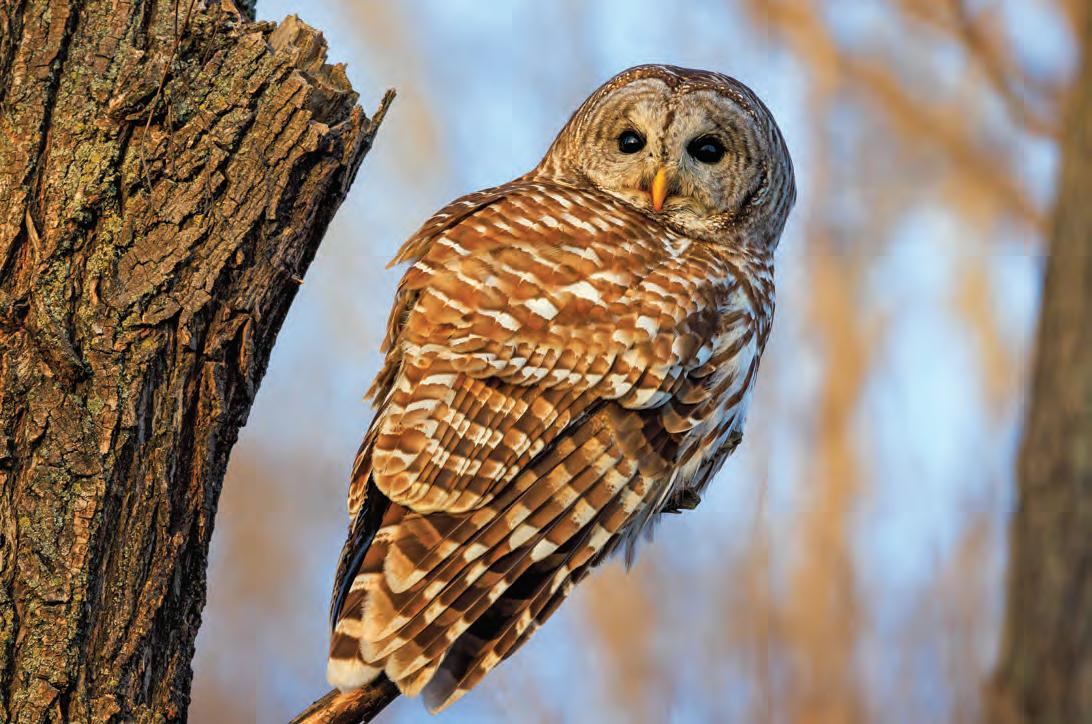
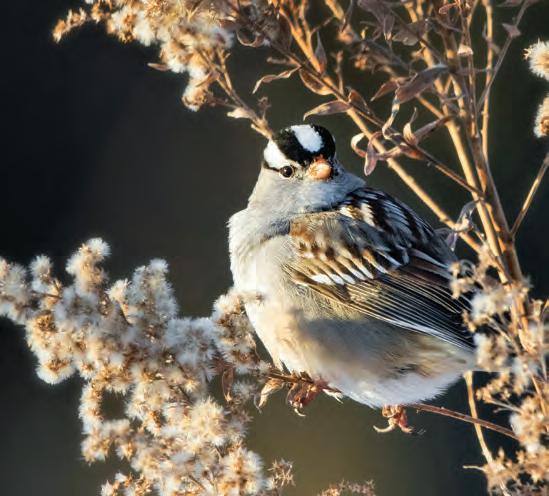
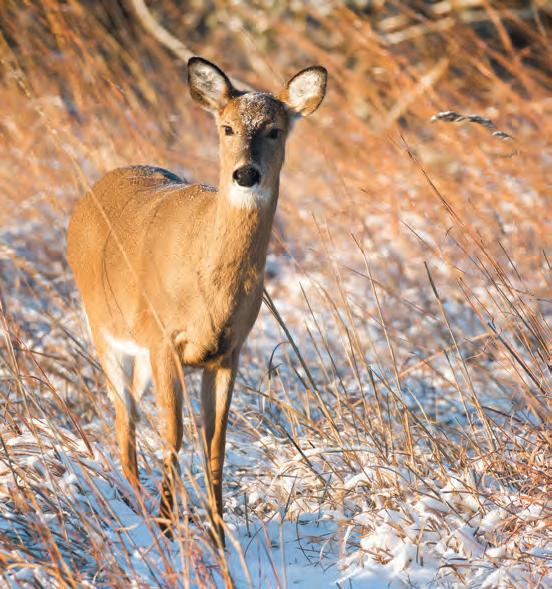
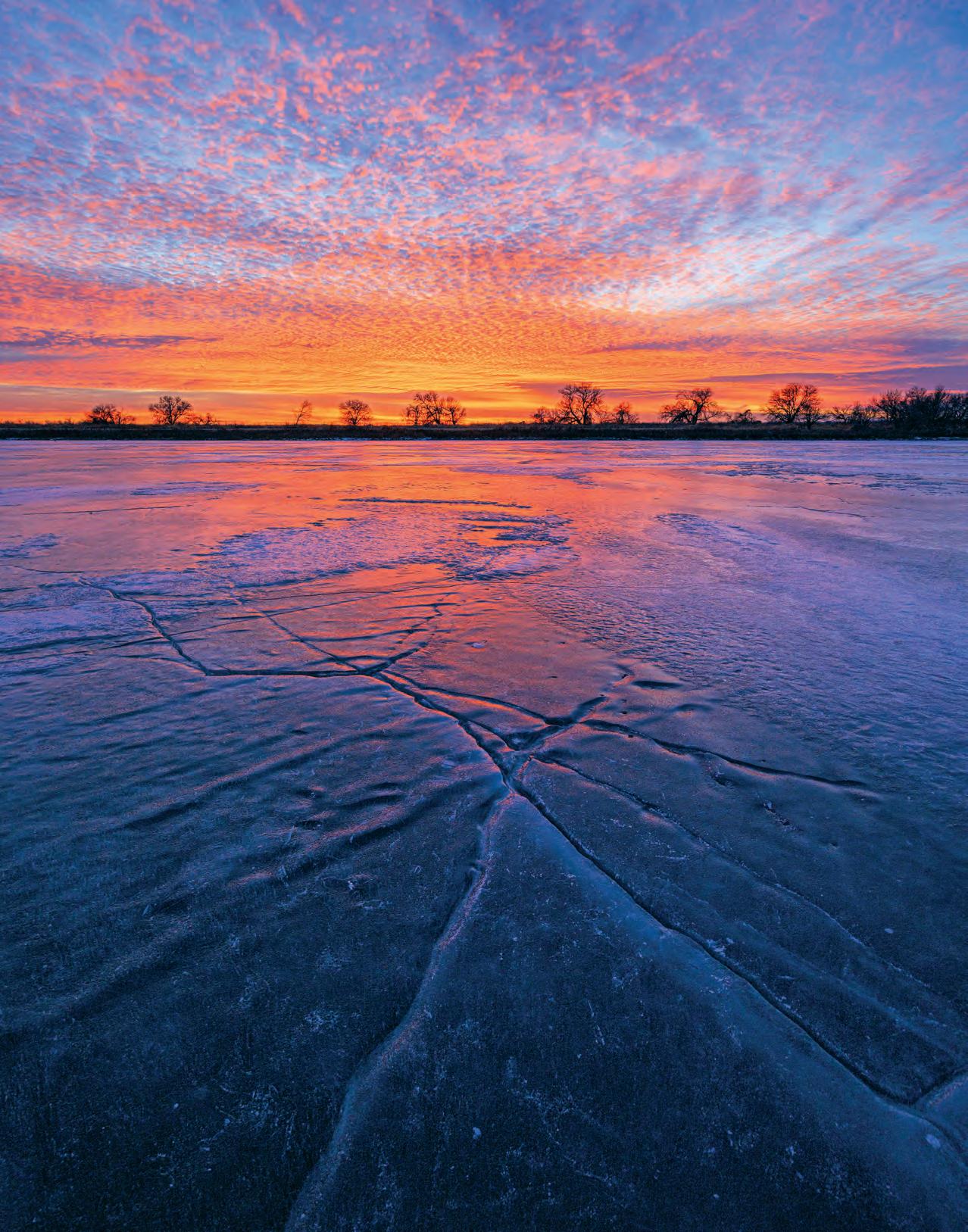
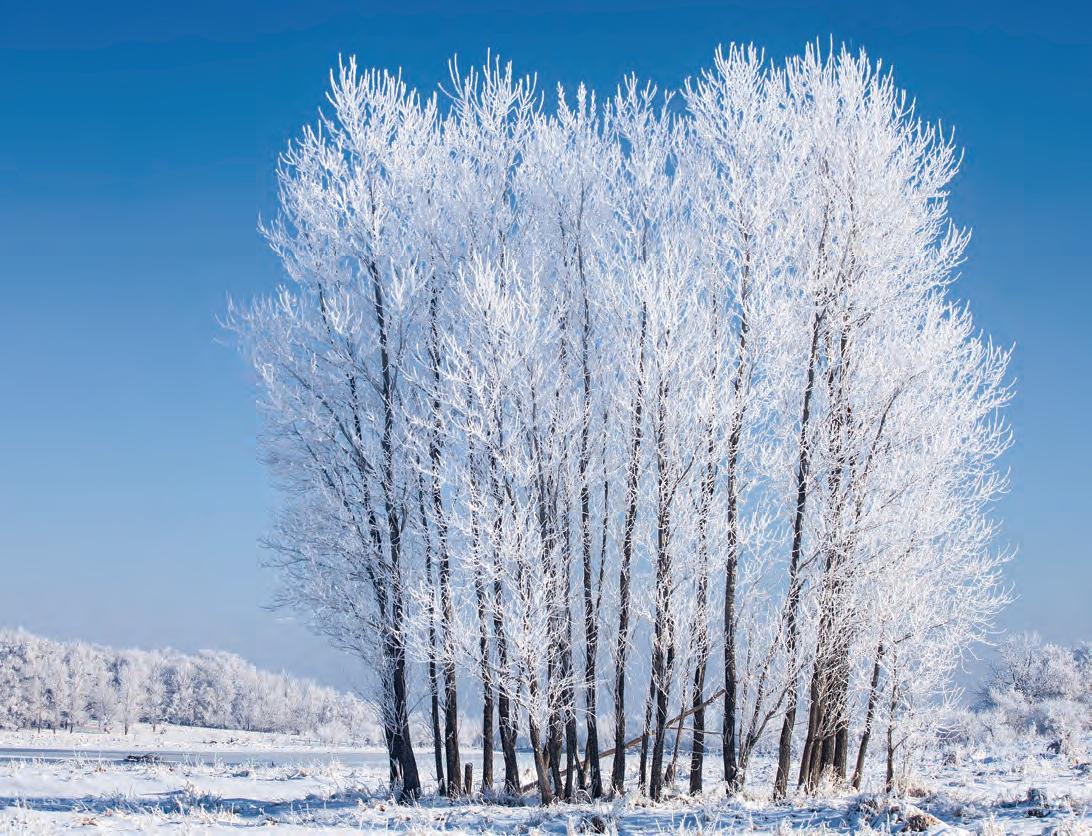
Hoarfrost creates a magical landscape at Chalco Hills Recreation Area. Feathery frost forms when the air is still and cold and water vapor in the air comes into contact with frozen surfaces. As a result, ice crystals make water vapor into even more ice crystals, stacking them.
painting. A long exposure and an external light source create a silhouette in the foreground as the Milky Way glows above.
After shooting winter landscapes in places like Schramm Park State Recreation Area, Ponca State Park, and Crescent Lake National Wildlife Refuge, he zeroes in on the little things. “Landscapes tell part of the story. Details tell the rest. I could spend an hour with a blade of grass.”
Indeed, he spent about that long on one shot of a single golden stem of grass dusted with snow at Boyer Chute National Wildlife Refuge, waiting for the sun to hit it just right and aiming for perfect sharpness.
Although Farnsworth-Livingston has traveled widely, he often discovers beauty and nature in his suburban neighborhood. Last year, a barred owl – maybe two, he’s not sure – took up residence in a wooded area near Farnsworth-Livingston’s house. The owl even occasionally perched on a streetlight. The owl picked a spot each day and sat there for hours, impervious to Farnsworth-Livingston’s camera – not as camera shy as a long-eared owl that had once eluded him in the Sandhills.
Still, it amazed Farnsworth-Livingston how many people would drive by without noticing the owl. Maybe sometimes
folks just needed a little nudge. Driving by 92nd Street and Q Street in Omaha, Farnsworth-Livingston recently saw a red-tailed hawk dragging roadkill off the road. The photographer pulled over and took out a long lens to take photos of the bird without disturbing it. Seeing the man taking pictures, a family in a minivan pulled over to investigate. The kids watched, engrossed, as the hawk dug into its well-earned meal.
Even in winter, life is happening all around us if we take the time to look for it. Sometimes it’s a little gory, but more often than not, it’s gorgeous.
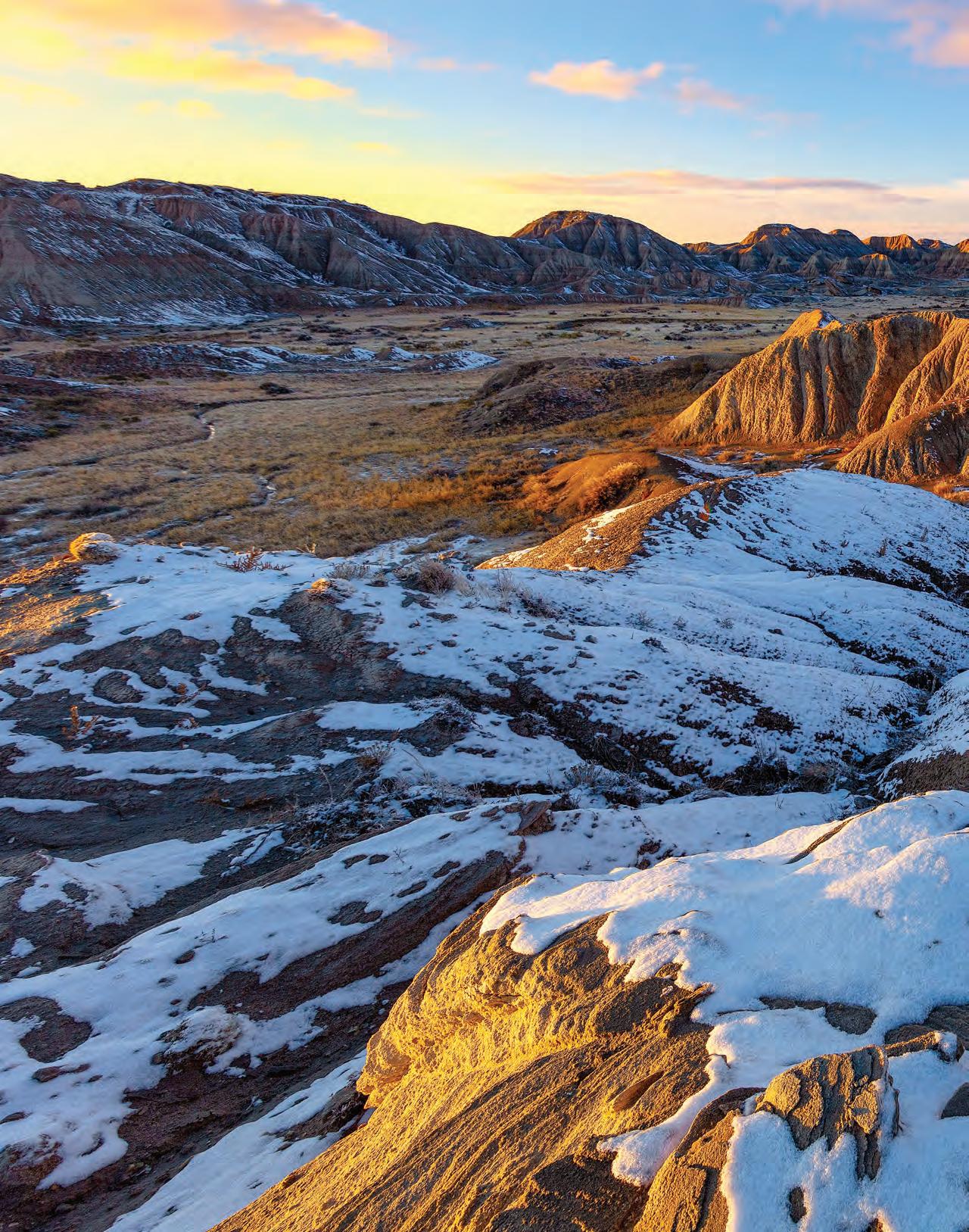

by ALAN J. BARTELS
IREMEMBER OUR TV getting three channels when I was a kid in the early 1970s. Four if we moved the rabbit ears just right. PBS was the one I watched most. Nature came on Sunday night with in-depth views of the lives of animals from around the world. Then, beginning in the 1980s, the charismatic Marty Stouffer hit the small screen with his cinematic series Wild America.
When my winter forays were shortened by mom’s concern of me perishing on the Nebraska prairie (I once nearly froze to death after falling through the ice on Logan Creek in Wayne County), these shows kept my interest in wildlife, nature, and the outdoors simmering until spring.
Mutual of Omaha’s Wild Kingdom could stop me in my tracks any time of year. I’ll never forget host Marlin Perkins wrangling a 20-foot-long anaconda from the murky depths of an exotic river. And there was when khaki-clad co-host Jim Fowler jumped from a helicopter onto the back of an elk plowing through deep snow.
Late one winter Mom and Dad came home with a Wild Kingdom moment of their own – supper with Marlin Perkins. Well, sort of. They’d been dancing in Kearney and stopped for supper. The restaurant erupted into applause when it was discovered that Perkins was among the crowd. The Missouri native was in Nebraska for the sandhill crane migration. A famous press photo shows him stoically observing the birds from a canoe on the Platte River.
That same river figures into one of my favorite winter wildlife encounters. I was trudging through a snow-covered trail at Audubon’s Rowe Sanctuary near Gibbon

when movement caught my eye. In the distance I could see something following my tracks, slowly but steadily closing in.
Crouching in the prairie plants flanking the trail, I wondered how close it might get. The animal was an opossum. They go dormant during winter but do not hibernate. Like this one, they will venture out on mild winter days. This opossum was arm’s length from me when it sensed my presence and stopped. I was already freezing and froze in place to not spook the critter as it looked up at me. Then, with
my gloved hand, I gently grasped its hairless rat-like tail for a few seconds before the animal plodded on its way. When it climbed atop a nearby stump and looked back at me, I snapped a few photos.
I’m not suggesting anyone grab ahold of any animal that can sting, claw, bite, peck, spray, kick or otherwise possibly cause injury while defending itself. Opossums have a mouthful of teeth. And while I’ve never been bitten by these gentle creatures or even had one try, a friend of mine once got too close. Her experience gave new meaning to “hand-fed” after two fingers got in the way while tempting a habituated backyard opossum with a plump raisin.
Winter adventures don’t always go as expected – and that’s sometimes a good thing. One cold afternoon I was sitting on a downed tree hoping to see deer when I felt the tree move. A hefty raccoon was walking on the trunk toward me before it leaped into the brush. A moment later its buddy followed the same route but calmly brushed against my leg as it walked between my boots.
Another time, while sitting by a frozen waterhole near Dannebrog, I had to dodge a speeding hawk that seemed intent on flying right through me. Near the same spot, I watched a covey of 11 quail stop at the forest edge, then march through a frosty clearing one at a time like a military platoon stealthily low crawling toward its objective.
Experiencing wildlife encounters in winter means leaving the warmth of the living room, bundling up, and venturing out into Nebraska’s very own wild kingdom. But first, where’s that remote?
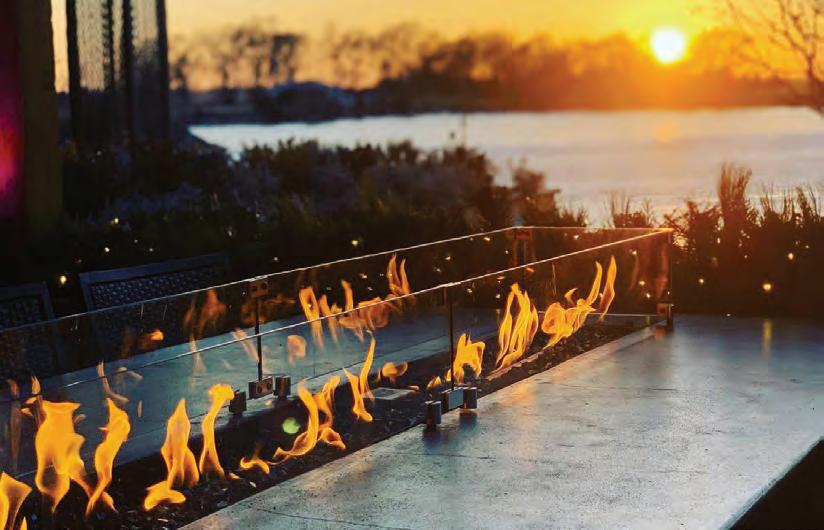

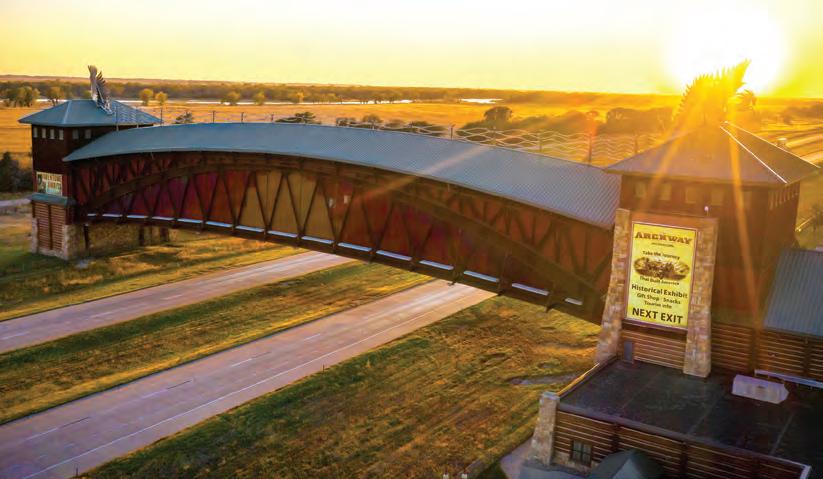
photograph by RICK RASMUSSEN
PHOTOGRAPHER Rick Rasmussen had just come home to his 35-acre spread south of Grand Island when a fresh blanket of snow lured him to his backyard blind. After just spending six weeks in Antarctica making pictures of penguins, no one would blame him if he decided to stay in the warm indoors.
However, Rick knew the habitat his neighbor had planted could bring pheasants, and he didn’t want to miss out on capturing a rooster’s bright plumage set against this white canvas.
While Rick sat in the cold of his blind with the sun setting, he removed his camera from his tripod and was ready to call it for the day. Then the sun reappeared from behind a cloud and a pheasant rooster walked into view.
It turned and looked straight at him.
Like hunting with a shotgun, Rick had one shot with his Canon. He clicked a single frame – then the whisper of the shutter spooked the bird away. Rick didn’t think he captured anything worth keeping until he downloaded that image onto his computer a week later. He smiled at the bird’s funny expression and knew he had a winning photo.
Since that evening, Rick has switched to a mirrorless camera – which doesn’t make a sound. With new gear, he’s ready for more shots the next time that rooster returns.
IN EACH ISSUE, Last Look features a reader’s photograph of Nebraska – landscapes, architecture, attractions, events, people or wildlife.
Submit your best photographs for the chance to be published in Nebraska Life. Send digital images with detailed photo descriptions and your contact information to photos@nebraskalife.com or visit nebraskalife.com/contribute.
This photo was taken with a Canon EOS 40D camera equipped with a Canon EF 500mm f/4 lens, exposed at ISO 400, f/4 for 1/500 of a second.

